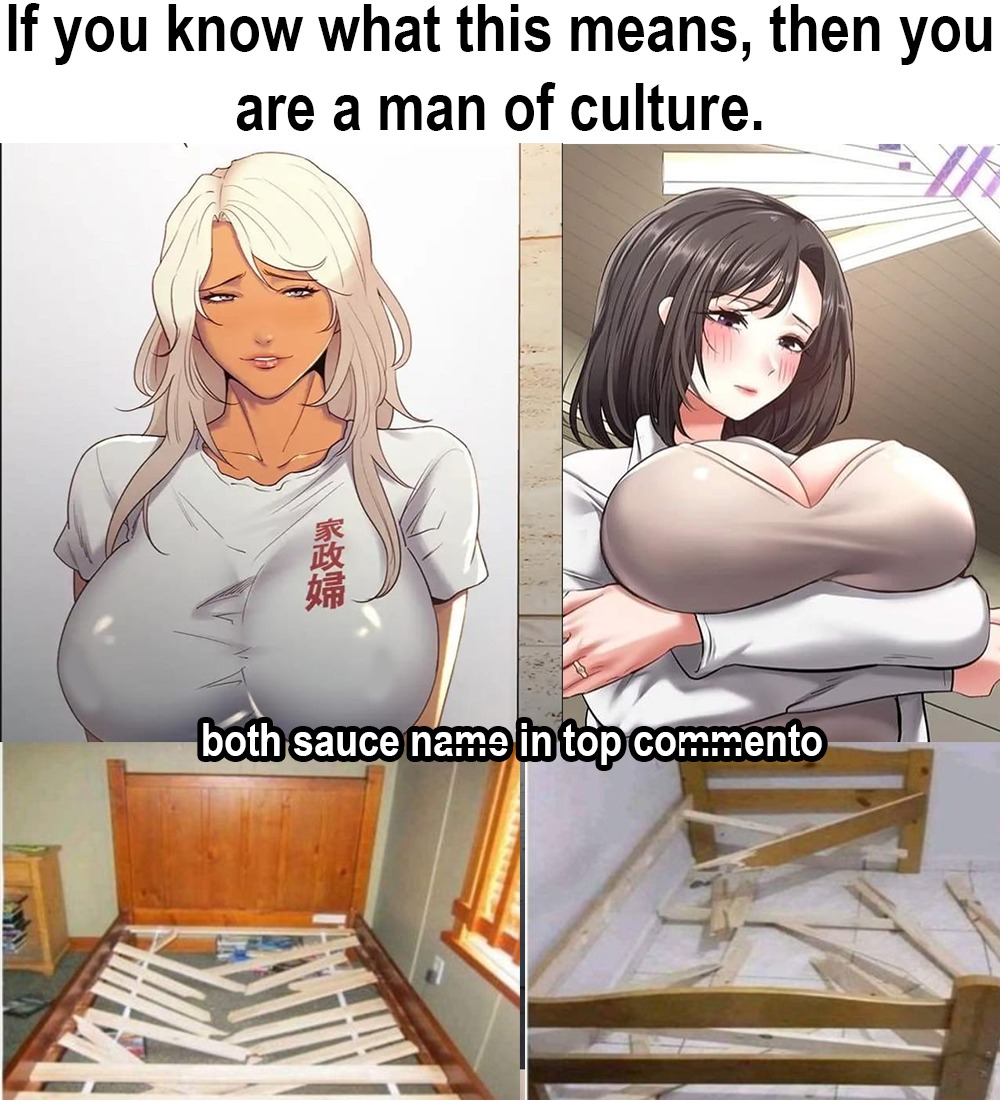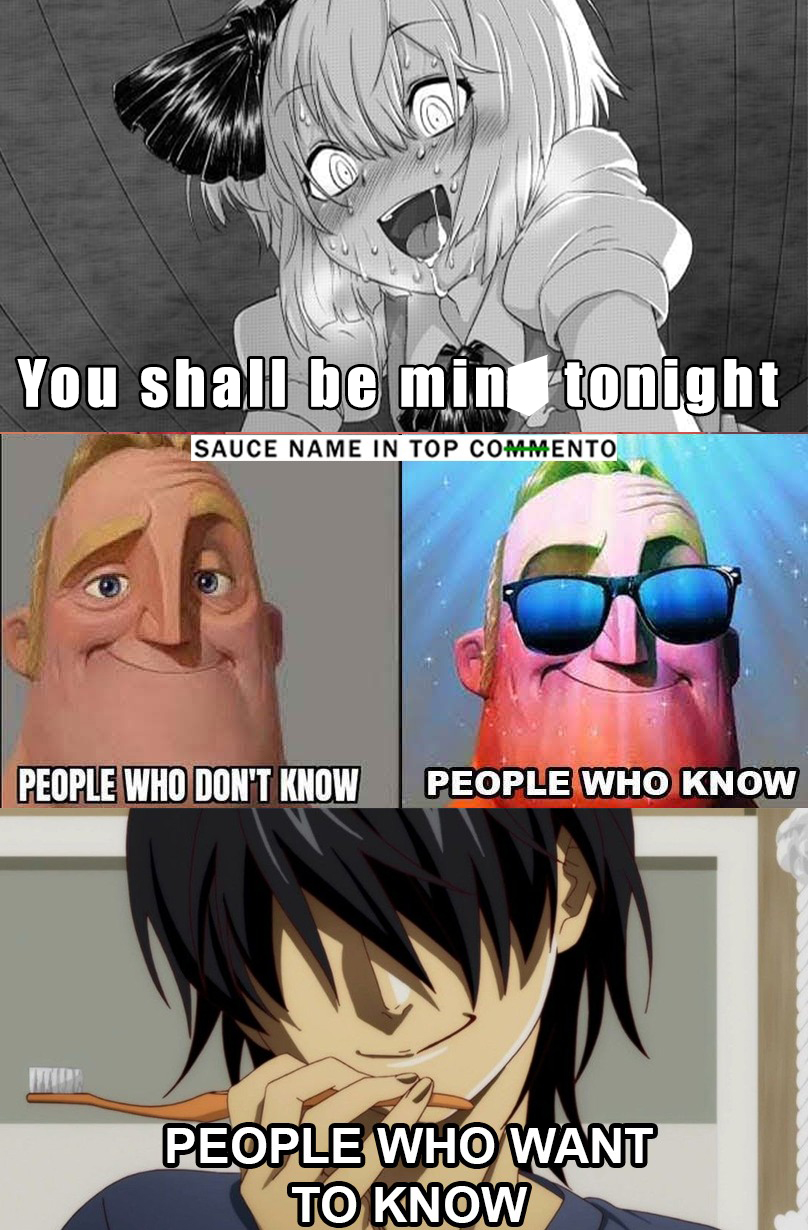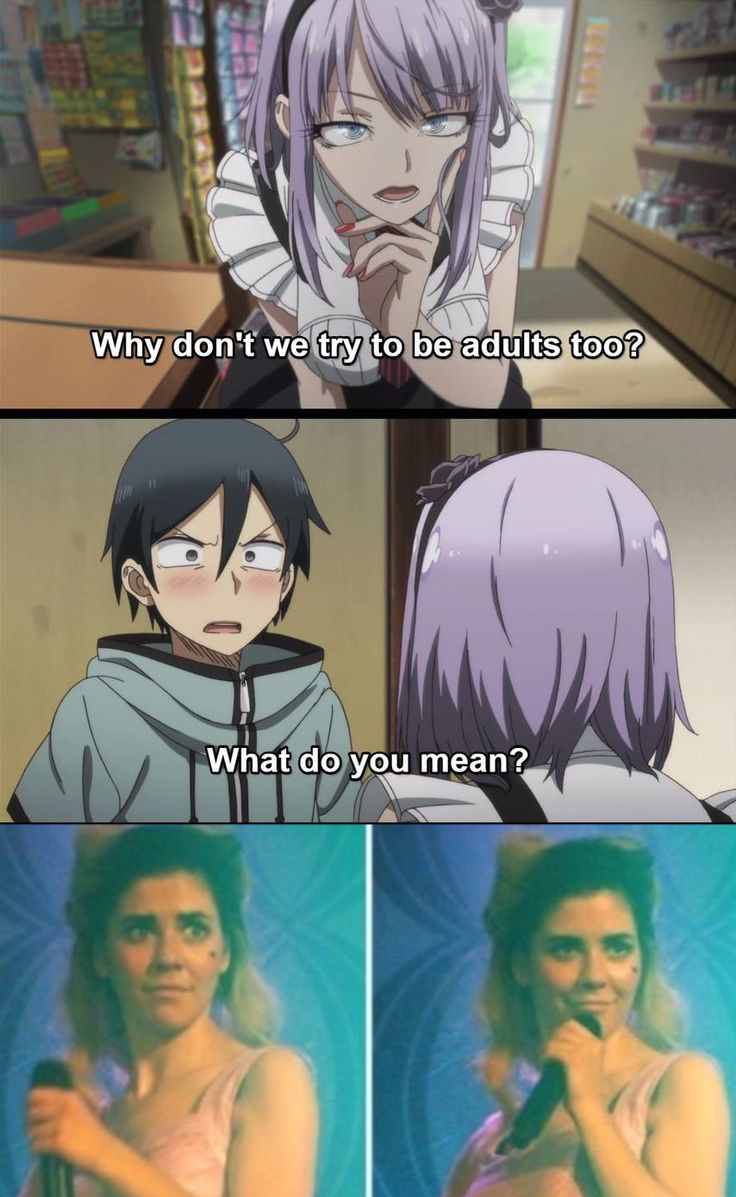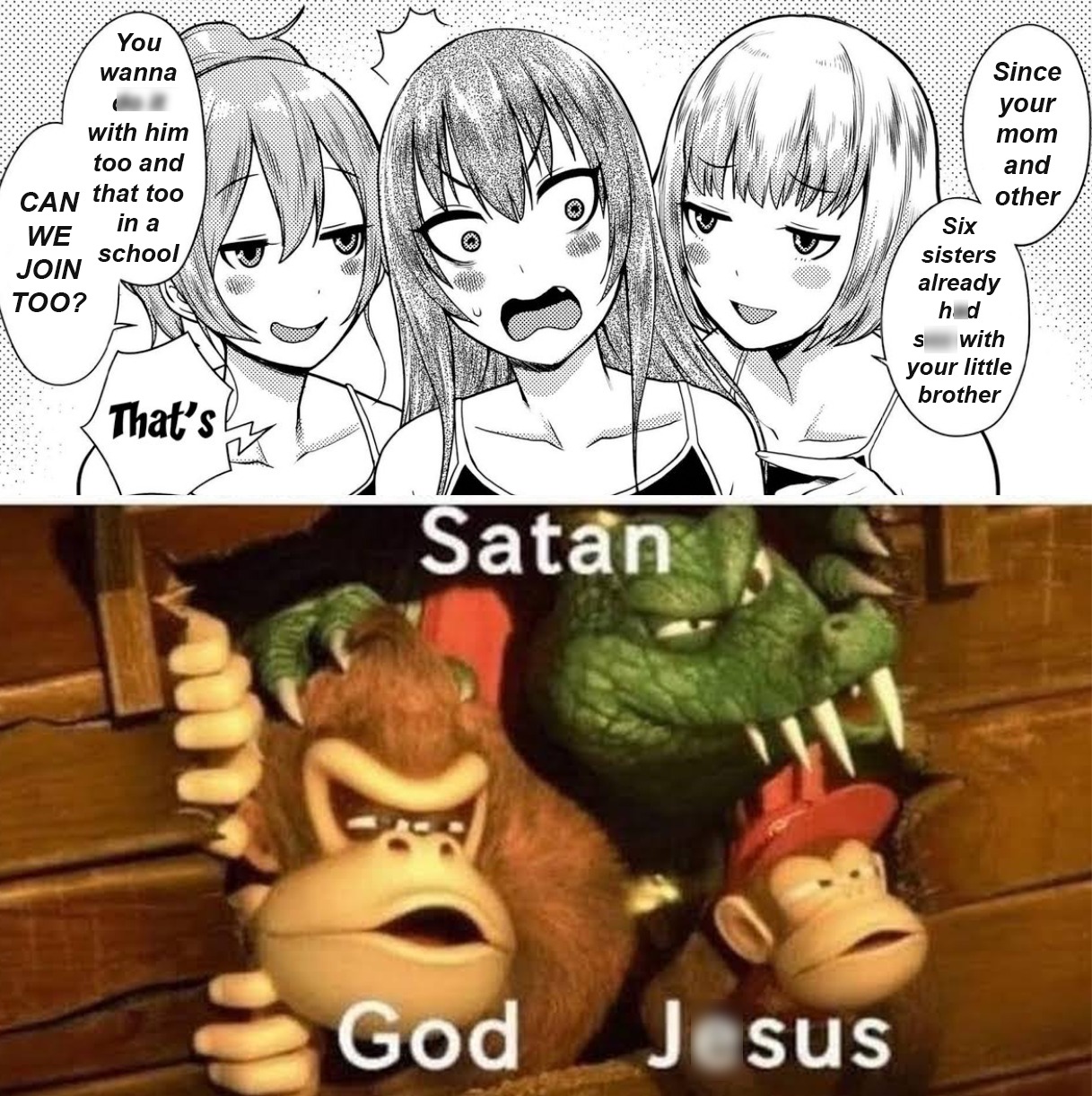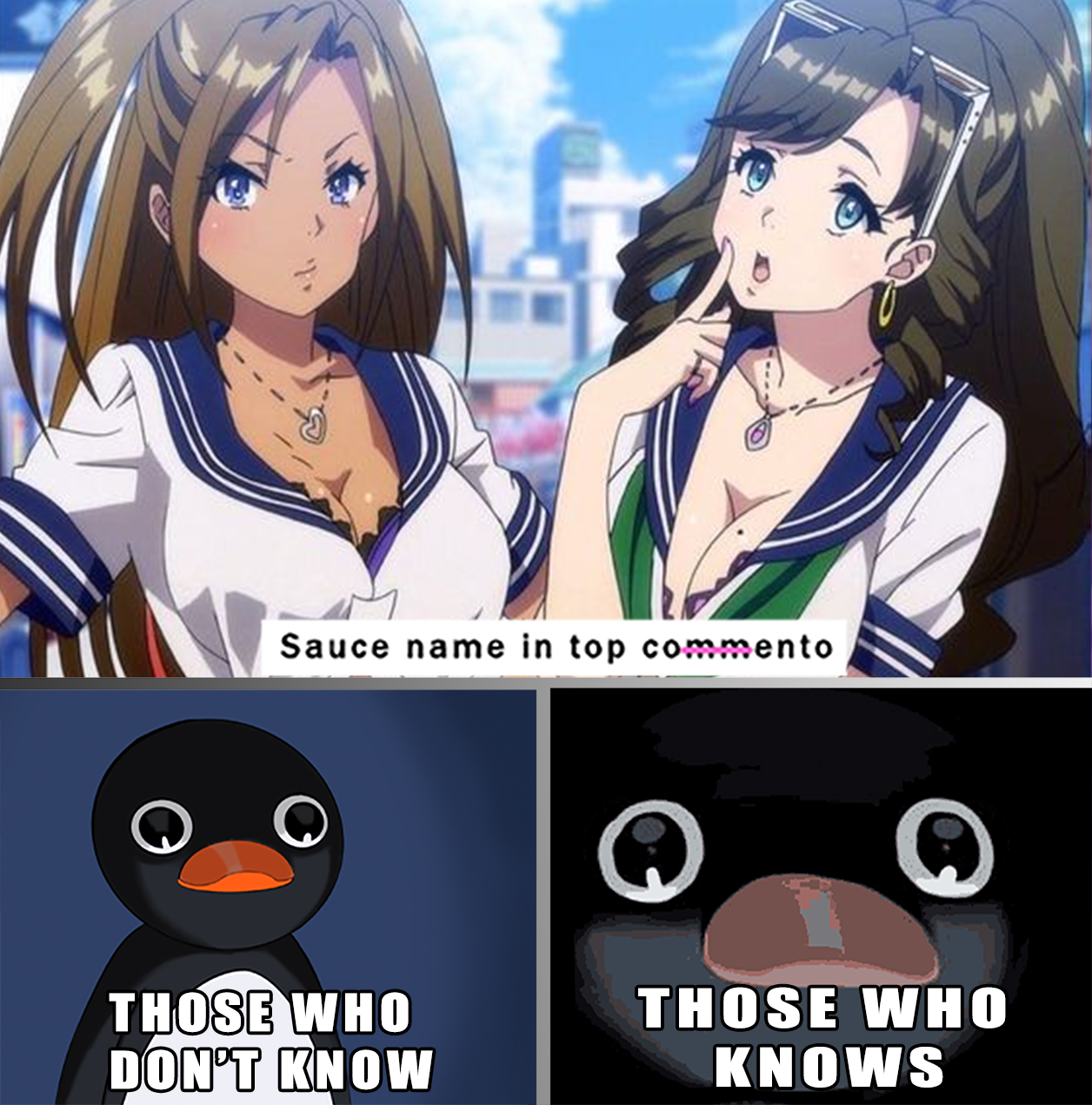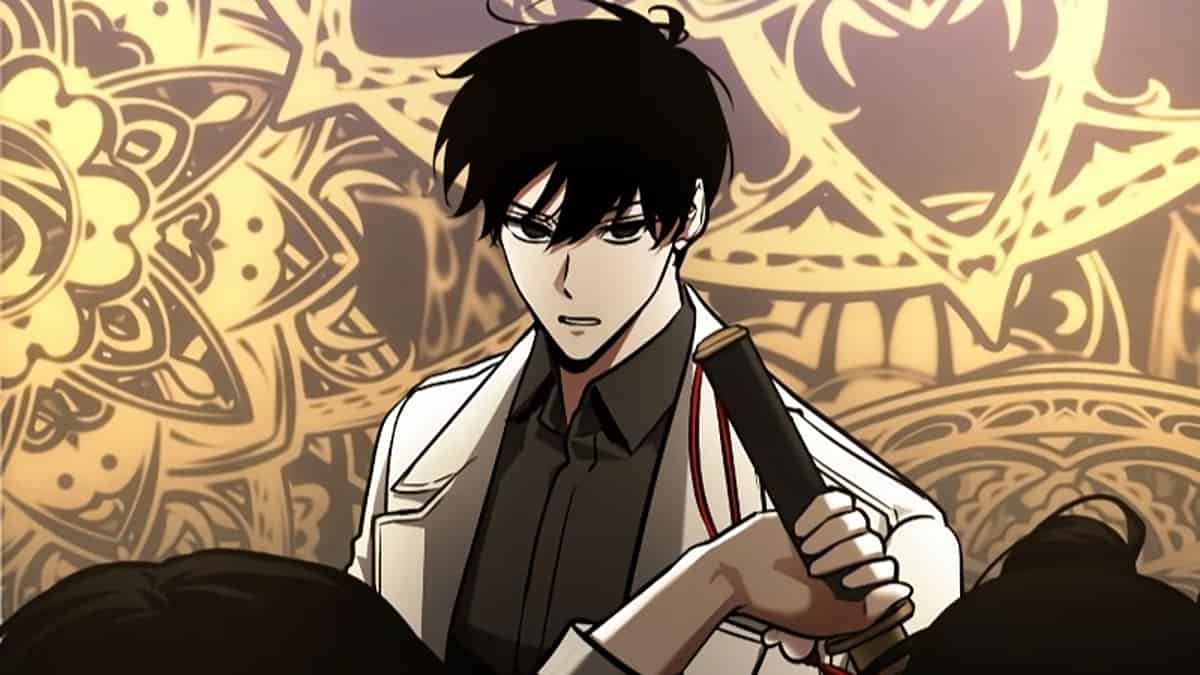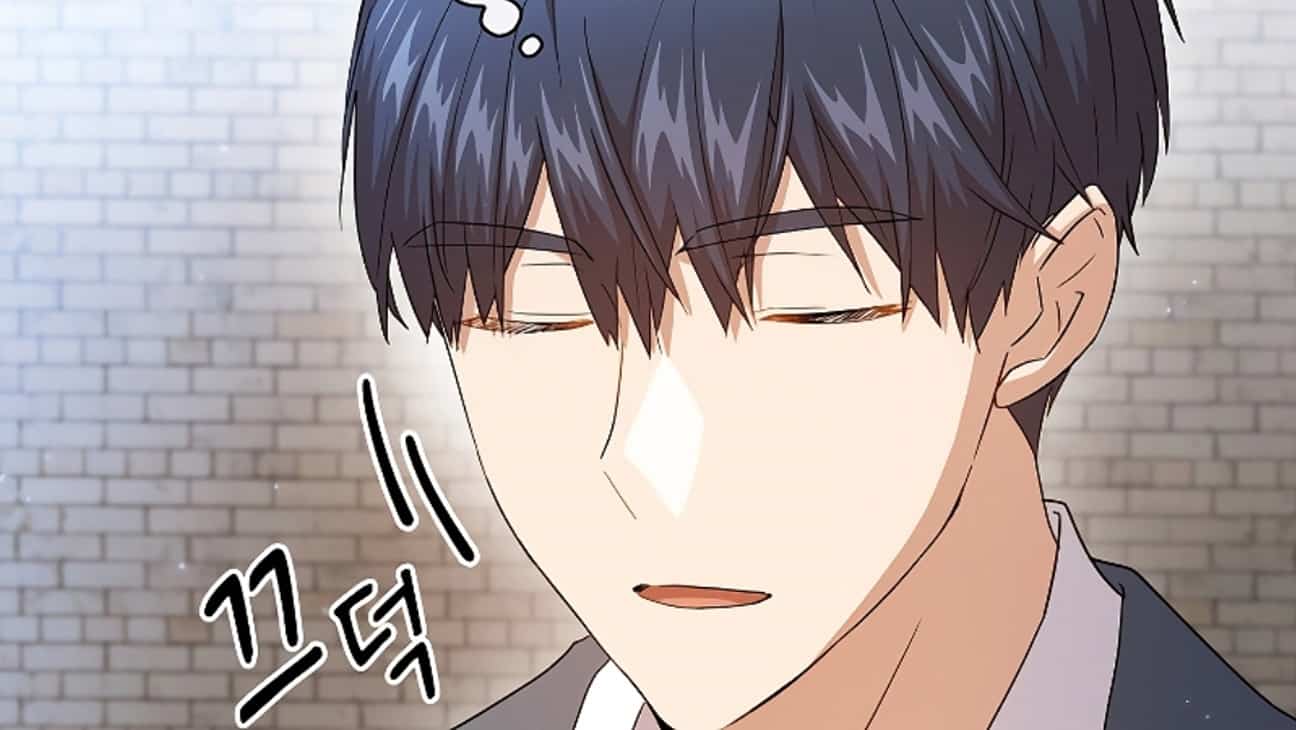Fans of *Attack on Titan* are bound to appreciate any dark fantasy action anime. The series offers a wealth of elements, from cryptic mysteries and intense battle scenes to countless brutal deaths. This Hajime Isayama masterpiece is likely to be remembered for a long time.
With the *Attack on Titan* anime having finally concluded in November 2023, fans are now searching for their next favorite series to fill the void. There are plenty of dark fantasy action anime to choose from, but those titles aren’t the only things that fans of *Attack on Titan* are sure to fall in love with.
Attack on Titan premiered in 2013, yet fans still love the series as much as they did ten years ago. The show deconstructs many seinen and shonen tropes, offering epic confrontations at every turn, which keeps it a fan favorite. This list has been updated with more anime like *Attack on Titan* for fans to enjoy while they wait for the end of the series.
About Attack on Titan
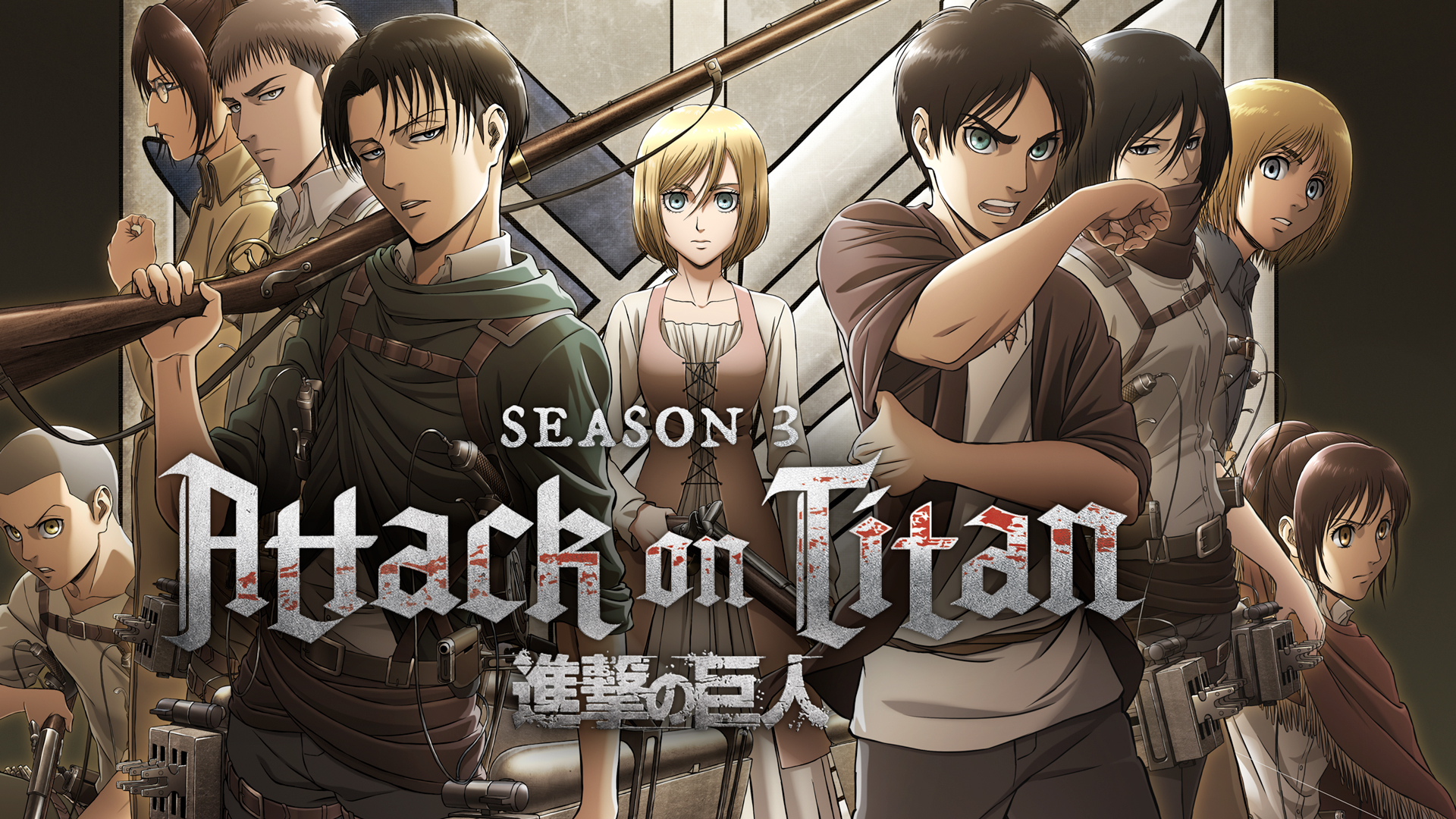
Attack on Titan is a Japanese manga series written and illustrated by Hajime Isayama. The series, which debuted in Kodansha’s Bessatsu Shōnen Magazine in September 2009, concluded in April 2021 with a total of 34 volumes. The story is set in a world where humanity is on the brink of extinction due to giant humanoid creatures known as Titans.
To protect themselves, humans live within enormous walled cities. The narrative follows Eren Yeager, along with his friends Mikasa Ackerman and Armin Arlert, whose lives are forever changed when a colossal Titan breaches the wall of their hometown, leading to the destruction of the city and the death of Eren’s mother.
Driven by a desire for revenge and a determination to eliminate the Titan threat, Eren joins the military, where he discovers deeper secrets about the Titans, humanity, and the true nature of the world they live in.

The story evolves from a survival horror theme into a complex narrative involving politics, war, and profound philosophical questions about freedom, morality, and the nature of humanity.
The manga’s popularity led to an anime adaptation produced by Wit Studio (seasons 1-3) and later by MAPPA (season 4). The first season aired in 2013, and the final season is split into multiple parts, with the last episodes scheduled for release in 2023.
The anime has been praised for its stunning animation, particularly in action sequences, as well as its adherence to the source material, although it has taken some liberties in pacing and character development.

Themes and Symbolism:
Attack on Titan goes into numerous themes and philosophical inquiries:
- Freedom vs. Security: The walled cities represent a trade-off between freedom and security. The story questions whether true freedom can be achieved within the confines of absolute security.
- Humanity and Monstrosity: The series blurs the lines between humans and monsters, revealing that the Titans are transformed humans and exploring the monstrous acts humans commit in the name of survival.
- Cycle of Hatred and Revenge: The narrative explores how hatred and revenge perpetuate cycles of violence, posing questions about the possibility of breaking free from this cycle.
- Existentialism and Identity: Characters struggle with their identities and purposes, particularly Eren, whose motivations and understanding of his role evolve drastically throughout the series.
Character Development:
The series boasts a rich ensemble of characters, each with complex motivations and growth:
- Eren Yeager: Initially driven by a black-and-white sense of justice, Eren’s journey takes him from an impulsive youth to a morally ambiguous figure willing to make extreme sacrifices for what he perceives as the greater good.
- Mikasa Ackerman: Eren’s adoptive sister, a skilled fighter with a deep, almost obsessive, protective instinct towards Eren. Her character explores themes of love, loyalty, and identity.
- Armin Arlert: Eren’s best friend, who evolves from a timid boy to a strategic genius. Armin embodies hope and the potential for humanity to overcome its darker impulses.
- Levi Ackerman: An elite soldier known for his combat prowess and stoic demeanor, Levi’s backstory and personal losses add depth to his seemingly cold exterior.

Attack on Titan is notable for its intricate world-building. Initially presented as a straightforward post-apocalyptic setting, the series gradually reveals a deeply layered world with its own history, culture, and geopolitical dynamics. The Titans’ origins, the true nature of the walled society, and the broader conflict between Marley and Eldia are revealed in a manner that continuously shifts the reader’s understanding of the story’s universe.
Isayama’s artwork evolved significantly over the course of the manga, improving in detail and dynamism. The anime adaptation further elevates the visual storytelling with high-quality animation, especially in scenes depicting Titan battles and the omnidirectional mobility gear sequences.
The use of CGI in the later seasons has been a point of contention among fans, though it is generally considered effective in conveying the massive scale of Titan encounters.
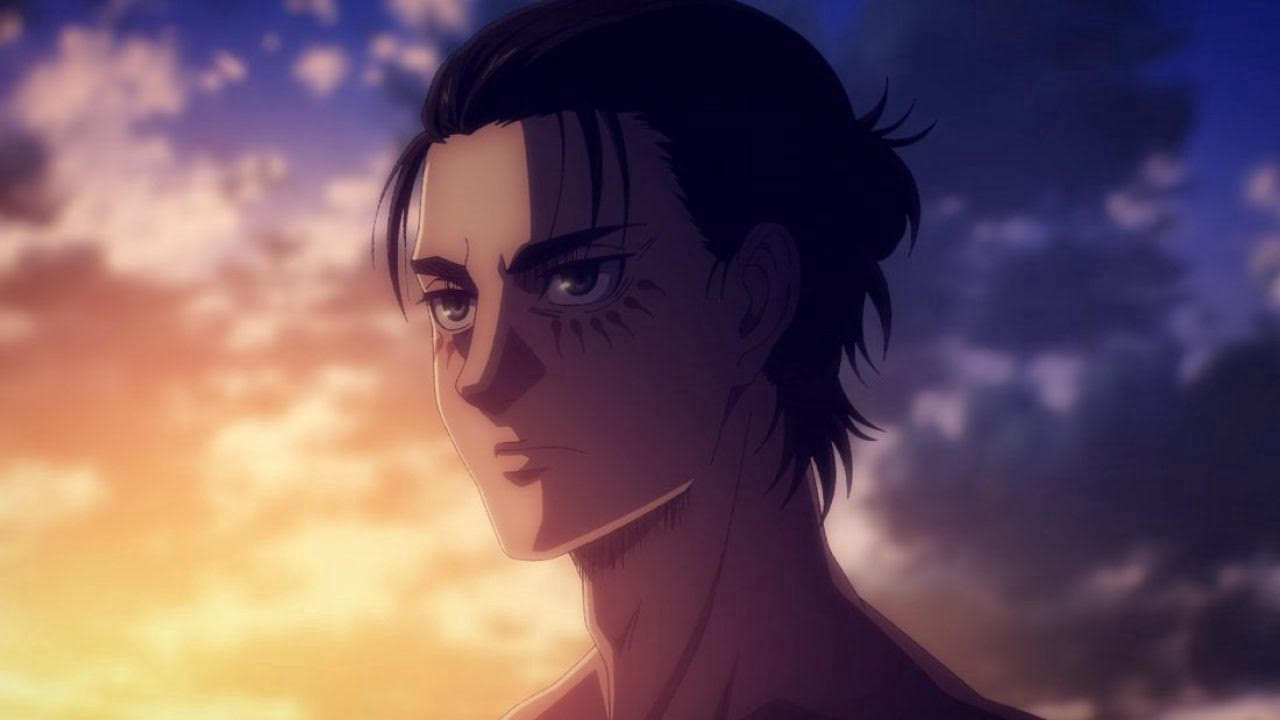
“Attack on Titan” has received widespread acclaim for its storytelling, character development, and thematic depth. It has sold over 100 million copies worldwide, making it one of the best-selling manga series of all time. The anime has also achieved international success, contributing significantly to the global popularity of anime.
Critics have praised the series for its bold narrative choices and willingness to tackle challenging themes. However, some have criticized its depiction of violence and the portrayal of certain themes which some interpret as controversial, especially in its later arcs which touch on sensitive topics like nationalism and genocide.
“Attack on Titan” stands as a monumental work in both manga and anime. Its gripping narrative, complex characters, and thought-provoking themes have left an indelible mark on the genre.
Whether appreciated for its intense action, its intricate plot twists, or its philosophical musings, “Attack on Titan” is a series that has grabbed audiences and will continue to be discussed and analyzed for years to come.
10. Tokyo Ghoul
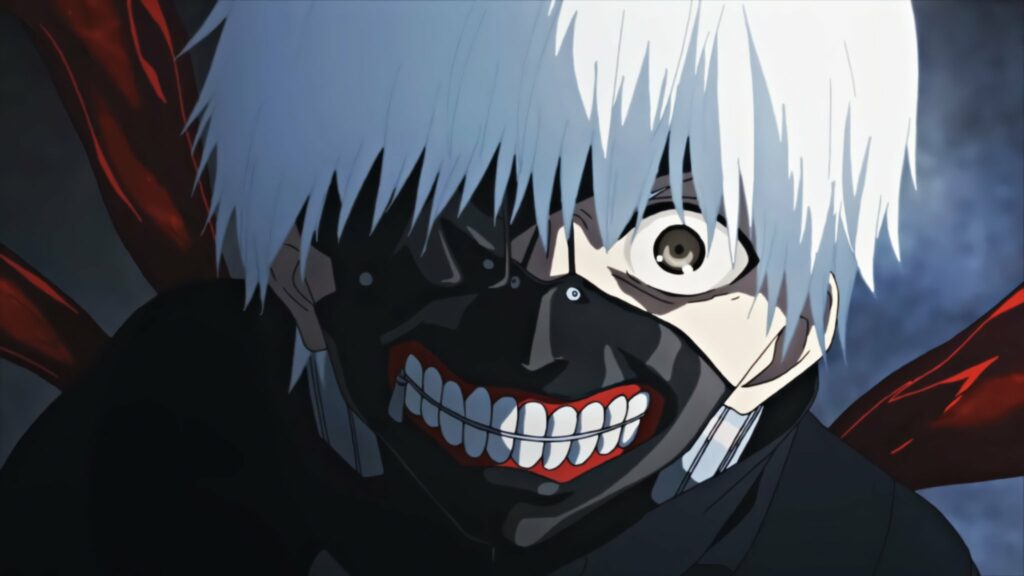
“Tokyo Ghoul” is a Japanese manga series written and illustrated by Sui Ishida. Serialized in Shueisha’s Weekly Young Jump magazine from 2011 to 2014, it has since been collected into multiple volumes and has spawned various adaptations, including anime series, novels, and video games. “Tokyo Ghoul” has gained widespread acclaim for its unique blend of horror, action, and psychological themes.
The story is set in an alternate version of Tokyo where creatures known as ghouls exist alongside humans. Ghouls are humanoid beings who must consume human flesh to survive, possessing superhuman abilities such as enhanced strength, agility, and regenerative powers.
The protagonist, Ken Kaneki, is a college student who becomes embroiled in the world of ghouls after a chance encounter with Rize Kamishiro, a beautiful and enigmatic girl who turns out to be a ghoul.

Following a near-fatal encounter with Rize, Kaneki undergoes emergency surgery that transforms him into a half-ghoul, half-human hybrid. Struggling to come to terms with his new identity, Kaneki finds himself caught between two worlds, neither fully accepted by humans nor embraced by ghouls.
As he navigates the complexities of ghoul society and grapples with his own moral dilemmas, Kaneki becomes embroiled in a deadly conflict between humans and ghouls.
Tokyo Ghoul explores themes such as identity, belonging, and the nature of humanity. Kaneki’s transformation into a ghoul forces him to confront his own prejudices and preconceptions about both ghouls and humans. The series goes into the psychology of its characters, exploring their inner struggles and existential crises as they navigate a world filled with violence, betrayal, and loss.
The characters of “Tokyo Ghoul” are among its most compelling aspects. Kaneki undergoes a profound character arc throughout the series, evolving from a timid and naive young man into a complex and morally conflicted anti-hero.

His relationships with other characters, including Touka Kirishima, a fellow ghoul who becomes his ally and confidante, and Yoshimura, a wise and enigmatic ghoul who serves as a mentor figure, add depth and emotional resonance to the story.
The series also features a diverse cast of supporting characters, each with their own motivations and backstories. Antagonists such as the sadistic ghoul investigator Kishou Arima and the ruthless ghoul organization Aogiri Tree provide formidable challenges for Kaneki and his allies, driving the narrative forward with tension and suspense.
In addition to its compelling characters and thought-provoking themes, “Tokyo Ghoul” is known for its intense and visceral action sequences. Sui Ishida’s dynamic artwork brings the brutal and gory battles between ghouls and humans to life on the page, with fluid choreography and detailed character designs.
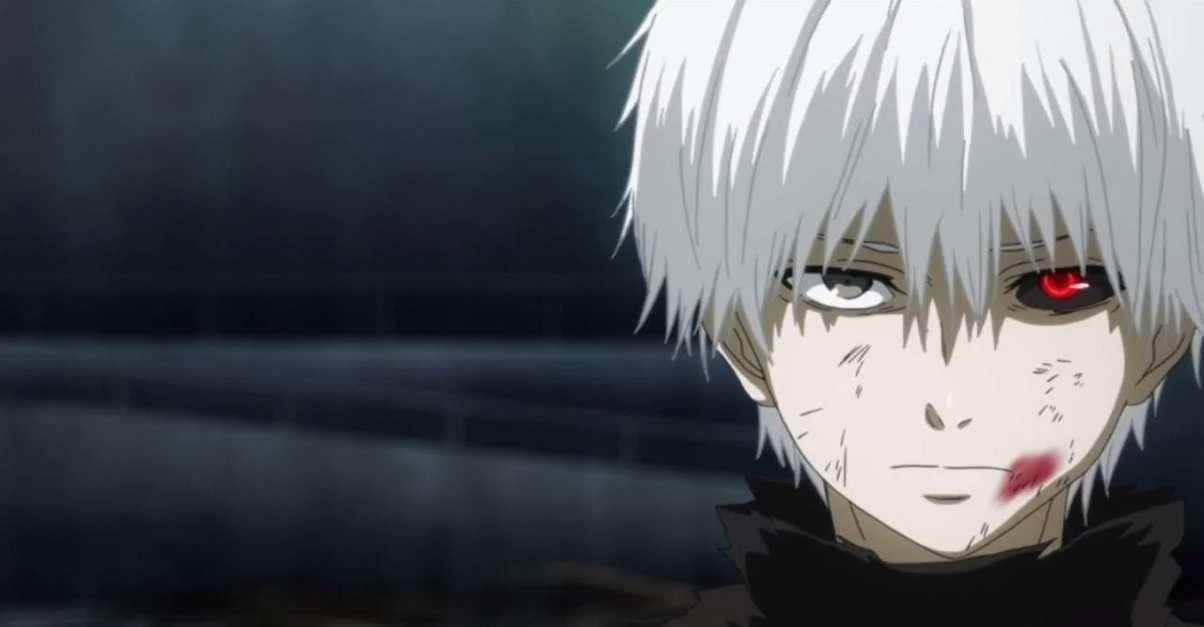
“Tokyo Ghoul” has also been adapted into multiple anime series, including “Tokyo Ghoul” and “Tokyo Ghoul √A,” as well as original video animations and live-action films. While the anime adaptations have received mixed reviews for their pacing and deviations from the manga, they have introduced the world of “Tokyo Ghoul” to new audiences and contributed to its enduring popularity.
Tokyo Ghoul is a nice and thought-provoking series that explores the dark and complex nature of humanity through its rich storytelling, compelling characters, and visceral action. Sui Ishida’s masterful creation has left an indelible mark on the world of manga and continues to resonate with audiences worldwide.
Whether you’re a fan of horror, action, or psychological drama, “Tokyo Ghoul” offers a gripping and unforgettable journey into a world of monsters and men.
Tokyo Ghoul offers a gripping narrative set in a world where humans coexist with flesh-eating ghouls. Protagonist Kaneki’s transformation into a half-ghoul presents a riveting exploration of identity and morality. The series excels with its intense action, complex characters, and dark themes, making it a must-watch for fans of psychological horror.
9. Berserk
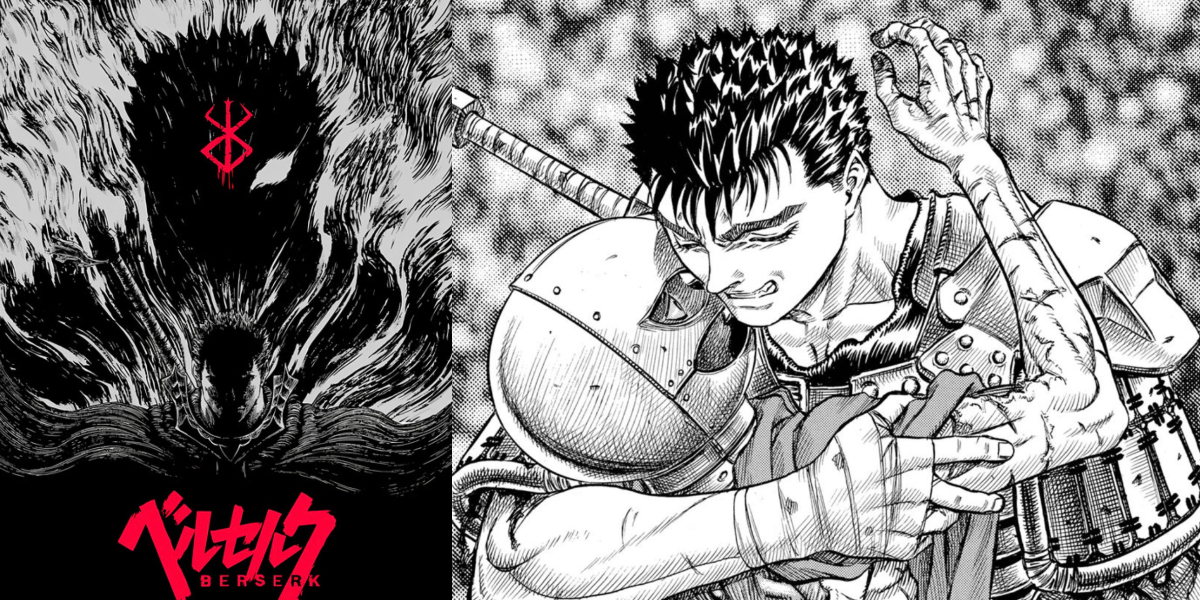
“Berserk” is a dark fantasy manga series created by Kentaro Miura. It was serialized intermittently in Hakusensha’s Young Animal magazine from 1989 until the author’s passing in 2021.
The series has also been adapted into various anime series, films, and video games. “Berserk” is renowned for its intricate storytelling, complex characters, and detailed artwork.
The story follows Guts, a lone mercenary with a tragic past and a fearsome reputation as the “Black Swordsman.” Guts wields a massive sword and travels from battlefield to battlefield, seeking vengeance against the demonic forces known as Apostles.
His quest for revenge is intertwined with the enigmatic Griffith, a charismatic and ambitious mercenary leader who befriends Guts and ultimately betrays him, triggering a series of catastrophic events.
The narrative of “Berserk” is divided into several story arcs, each exploring different themes and aspects of the protagonist’s journey. The Golden Age Arc, in particular, serves as the foundation of the series, chronicling Guts’ early years as a member of the Band of the Hawk, led by Griffith. This arc goes into themes of friendship, ambition, and the human cost of pursuing one’s dreams.
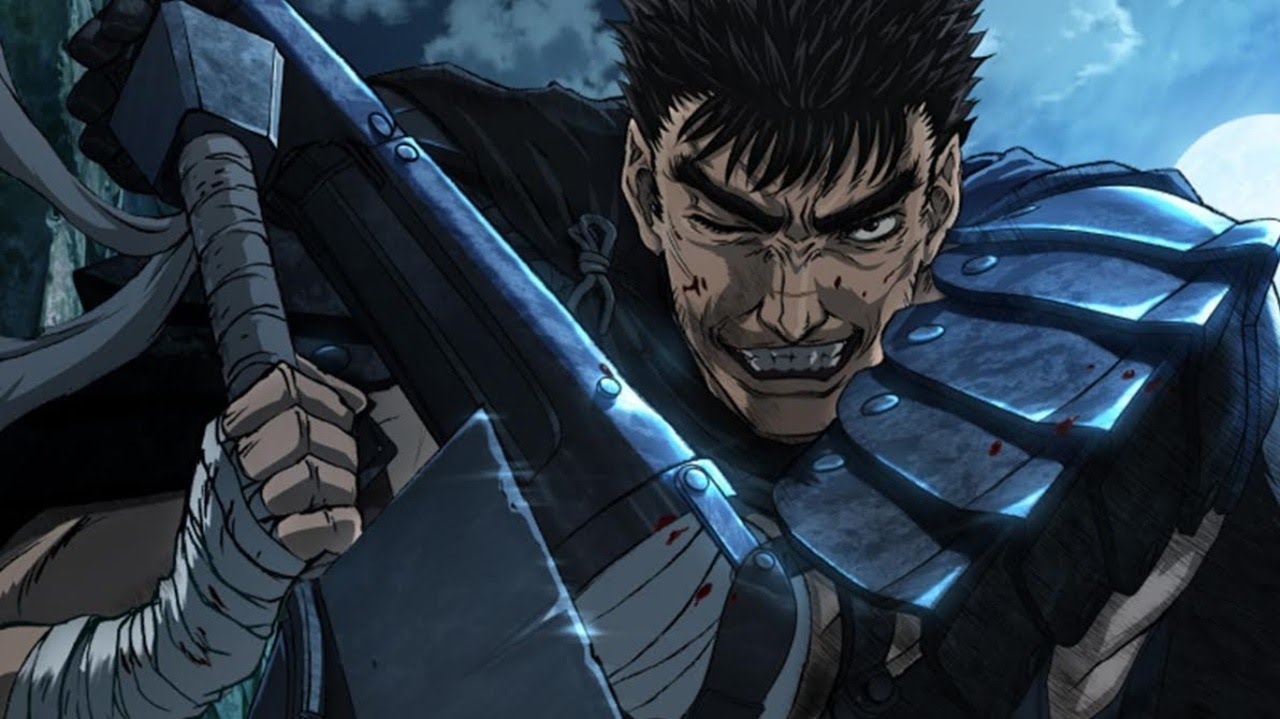
One of the defining features of “Berserk” is its dark and mature themes. The series goes into topics such as trauma, betrayal, and the nature of good and evil.
The world of “Berserk” is brutal and unforgiving, with violence and suffering depicted in graphic detail. Kentaro Miura’s evocative artwork captures the visceral intensity of the series’ action scenes and the haunting beauty of its dark fantasy setting.
The characters of “Berserk” are among its most compelling aspects. Guts is a complex protagonist, driven by a mixture of rage, sorrow, and an unwavering sense of purpose.
His journey is one of redemption and self-discovery as he grapples with his inner demons and confronts the darkness within himself. Griffith, the charismatic antagonist, is equally fascinating, embodying themes of ambition, manipulation, and the corrupting influence of power.
The series also features a memorable supporting cast, including Casca, the fierce and loyal warrior who becomes Guts’ closest ally, and Puck, a mischievous elf who provides comic relief amidst the darkness. The relationships between these characters are richly developed, adding depth and emotional resonance to the story.
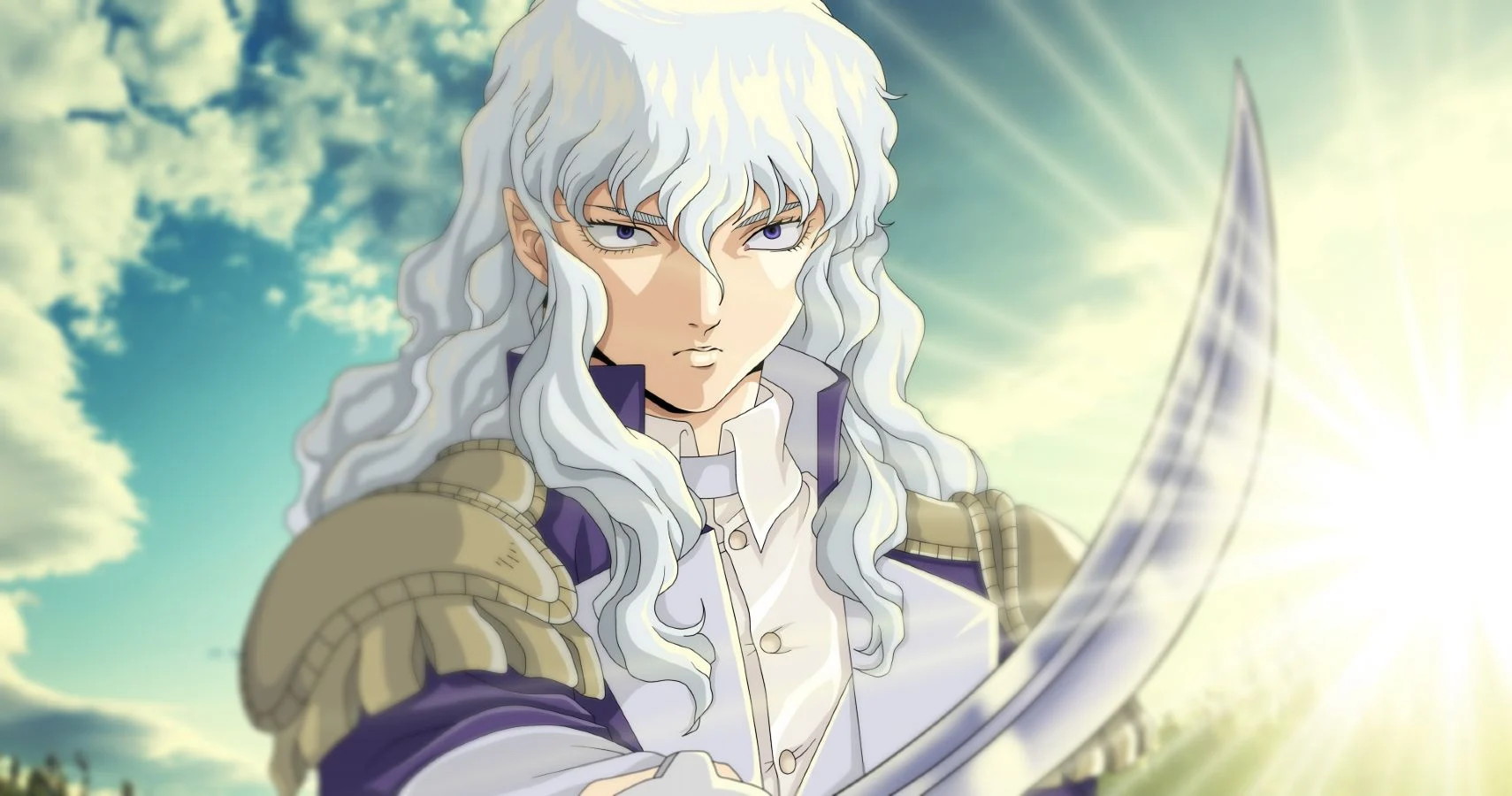
Despite its acclaim, “Berserk” is also known for its intermittent publication schedule, with long hiatuses between chapters due to the author’s meticulous approach to storytelling and artwork. Kentaro Miura’s untimely passing in 2021 left the series unfinished, leaving fans mourning the loss of a visionary creator and the conclusion of Guts’ epic saga.
In addition to the manga, “Berserk” has been adapted into various anime adaptations, including a 1997 television series, several animated films, and a 2016-2017 anime series. While these adaptations have received mixed reviews, they have introduced the world of “Berserk” to new audiences and contributed to its enduring popularity.
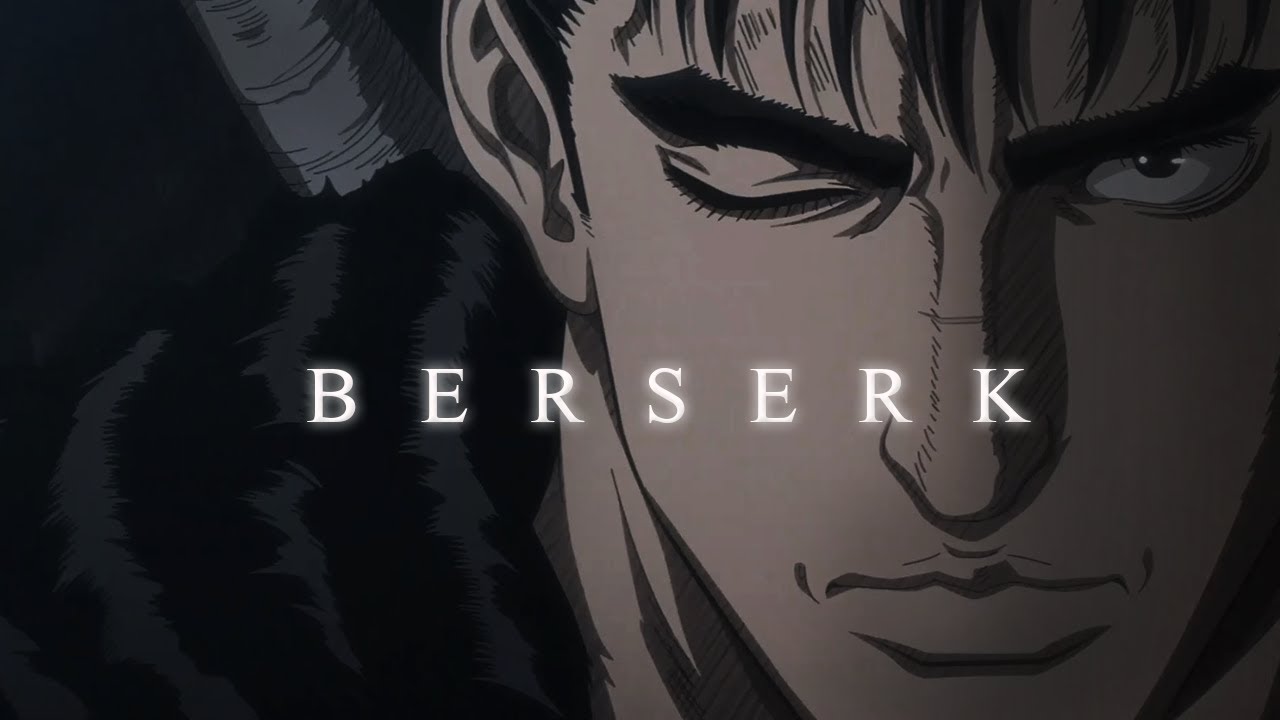
Berserk is a seminal work of dark fantasy that has grabbed audiences for decades with its rich storytelling, complex characters, and stunning artwork. Kentaro Miura’s masterful creation has left an indelible mark on the world of manga and continues to inspire and influence creators across various media.
Despite its unfinished status, “Berserk” remains a beloved and revered series that will be remembered as a timeless masterpiece of the genre.
8. Kabaneri of the Iron Fortress
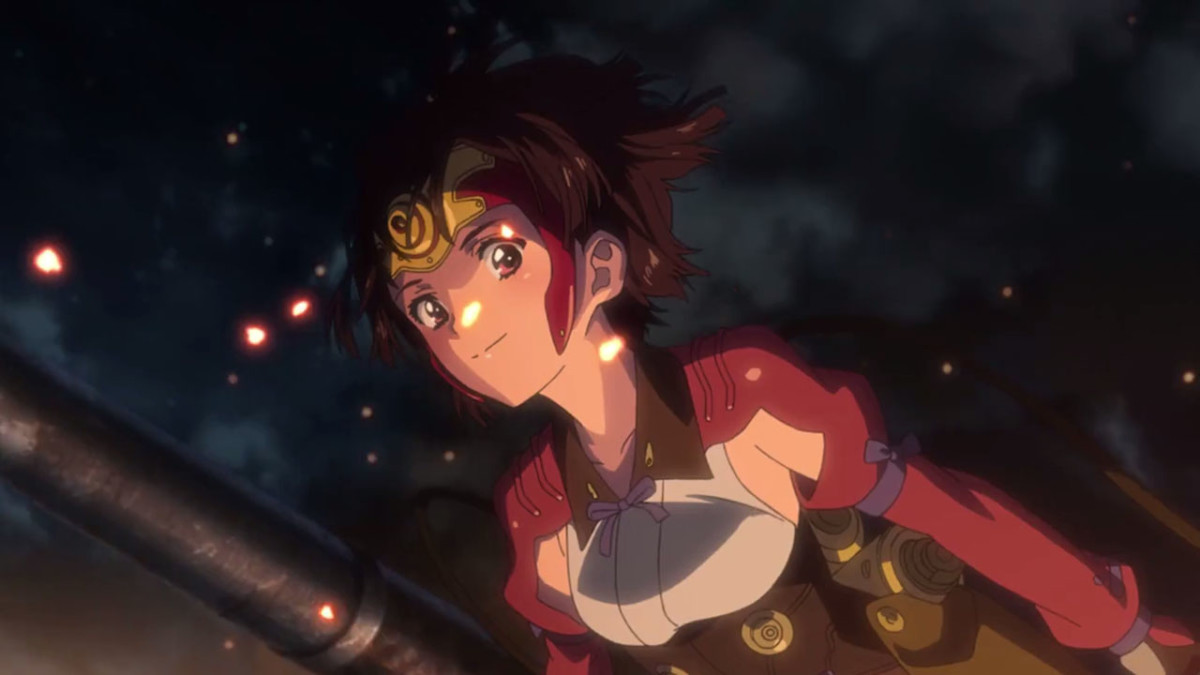
In a world engulfed by a steampunk aesthetic reminiscent of classic samurai tales, Kabaneri of the Iron Fortress unfolds its gripping narrative. Picture a land overrun by what can only be described as zombies, forcing humanity to seek refuge within walled cities or aboard formidable armored trains.
Helming this series is Tetsuro Araki, the same visionary behind much of Attack on Titan’s anime adaptation. It’s no wonder then that Kabaneri shares a strikingly similar atmosphere with AoT, making it a natural draw for fans of the latter.
But beyond this parallel, Kabaneri boasts consistently breathtaking action and animation. Its fluid and intense fight sequences easily stand toe-to-toe with the best in the business.
While the story may lose some of its initial momentum as it progresses, the series maintains a level of entertainment that keeps viewers hooked throughout.
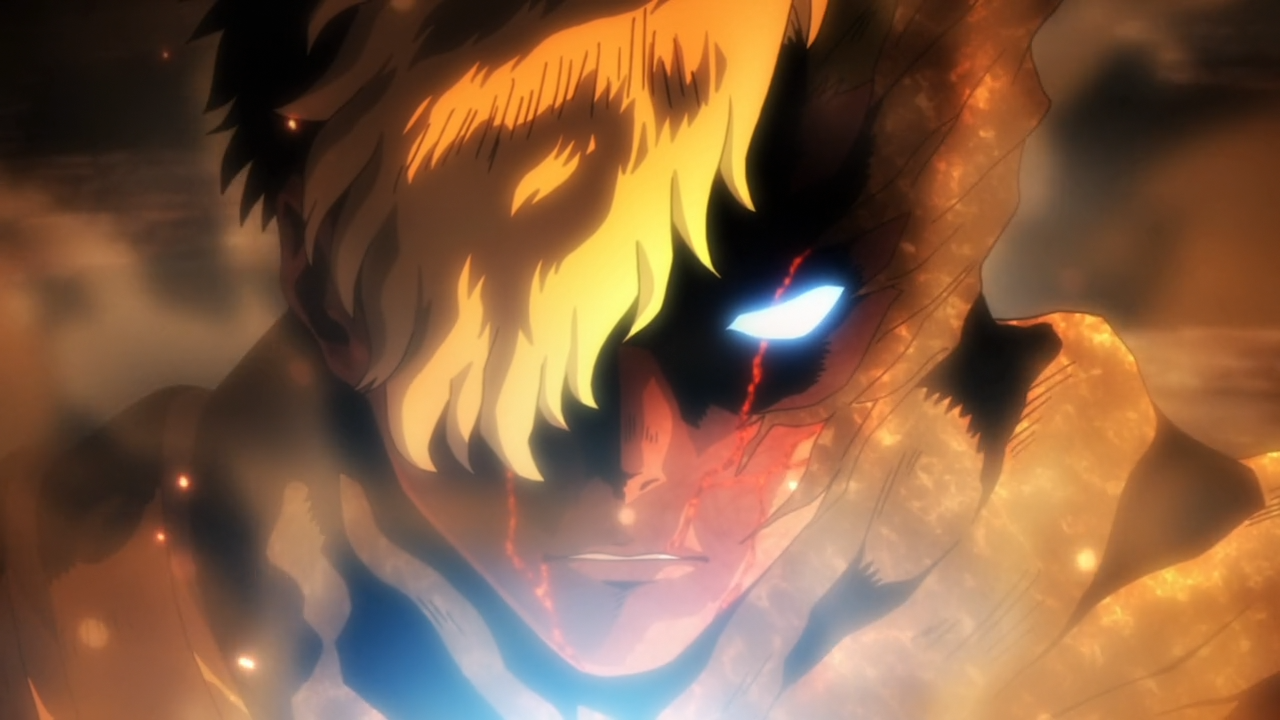
“Kabaneri of the Iron Fortress” is a Japanese anime series that first aired in April 2016. Directed by Tetsurō Araki and produced by Wit Studio, the same team behind “Attack on Titan,” this series blends steampunk aesthetics with a post-apocalyptic narrative. The story is set during the Industrial Revolution in a world overrun by monstrous undead creatures known as Kabane.
The plot centers on Ikoma, a young engineer who lives in the fortified station of Aragane. Humanity is confined to such stations, connected by armored trains, which are their only means of transportation and supply.
The Kabane are the main threat in this world: relentless, zombie-like beings that can only be killed by piercing their steel-coated hearts. Ikoma invents a piercing gun that he believes can defeat the Kabane more efficiently than the weapons currently in use.
The series begins with a catastrophic Kabane attack on Aragane station. During the attack, Ikoma is bitten by a Kabane but manages to prevent the virus from fully infecting him by using his invention.
As a result, he becomes a Kabaneri—a hybrid between humans and Kabane. This transformation grants him enhanced strength and regenerative abilities but also places him in a precarious position between the two species.

Ikoma is joined by Mumei, another Kabaneri who possesses exceptional combat skills and a mysterious past. Together, they board the Kotetsujyo, a massive armored train, and go on a perilous journey with a group of survivors seeking safety and answers.
The dynamic between Ikoma and Mumei is central to the narrative, offering a blend of camaraderie, tension, and mutual growth as they confront their identities and the prejudices of their fellow humans.
The series explores themes of survival, fear, and the struggle for humanity. The Kabaneri face discrimination and mistrust from the humans they are trying to protect, highlighting the fear and paranoia that can arise in dire circumstances. This is compounded by the series’ focus on technological innovation and the question of what it means to be human in a world where the lines between man and monster are blurred.
Visually, “Kabaneri of the Iron Fortress” is stunning. The animation quality is top-notch, with detailed backgrounds and fluid action sequences.
The steampunk-inspired world is richly textured, combining the grimness of a post-apocalyptic setting with the mechanical beauty of an industrial era. The character designs are distinct and expressive, making it easy to connect with their struggles and triumphs.
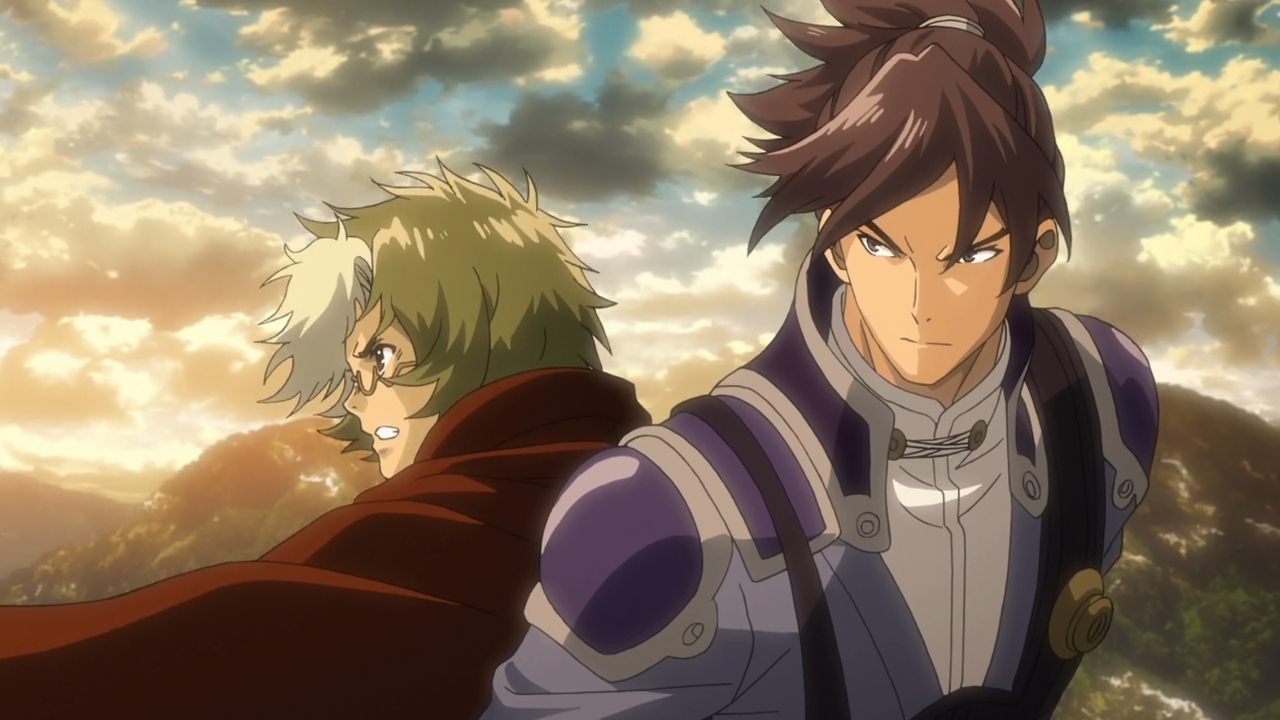
The series’ soundtrack, composed by Hiroyuki Sawano, is another highlight. Known for his work on “Attack on Titan” and “Kill la Kill,” Sawano’s music is both epic and emotive, perfectly complementing the series’ intense action scenes and poignant moments. The opening theme, “Kabaneri of the Iron Fortress” by Egoist, is particularly memorable, encapsulating the series’ blend of energy and melancholy.
While “Kabaneri of the Iron Fortress” received praise for its animation, music, and initial premise, it also faced criticism for its narrative pacing and development. Some viewers felt that the series introduced compelling ideas and characters but struggled to fully develop them within its 12-episode run. The storyline sometimes felt rushed, with certain plot points and character arcs not receiving the depth they warranted.
Despite these criticisms, “Kabaneri of the Iron Fortress” stands out as a unique entry in the anime. Its blend of horror, action, and steampunk elements, along with its exploration of complex themes, makes it a series worth watching. The characters’ journey, both physical and emotional, is compelling, and the series’ visual and auditory elements are exceptional.
Kabaneri of the Iron Fortress is an ambitious anime that offers a thrilling and visually amazing experience. Its exploration of fear, survival, and humanity is thought-provoking, even if its execution sometimes falls short of its potential. For fans of post-apocalyptic narratives and high-stakes action, it remains a series that delivers excitement and spectacle.
7. 86 Eighty-Six
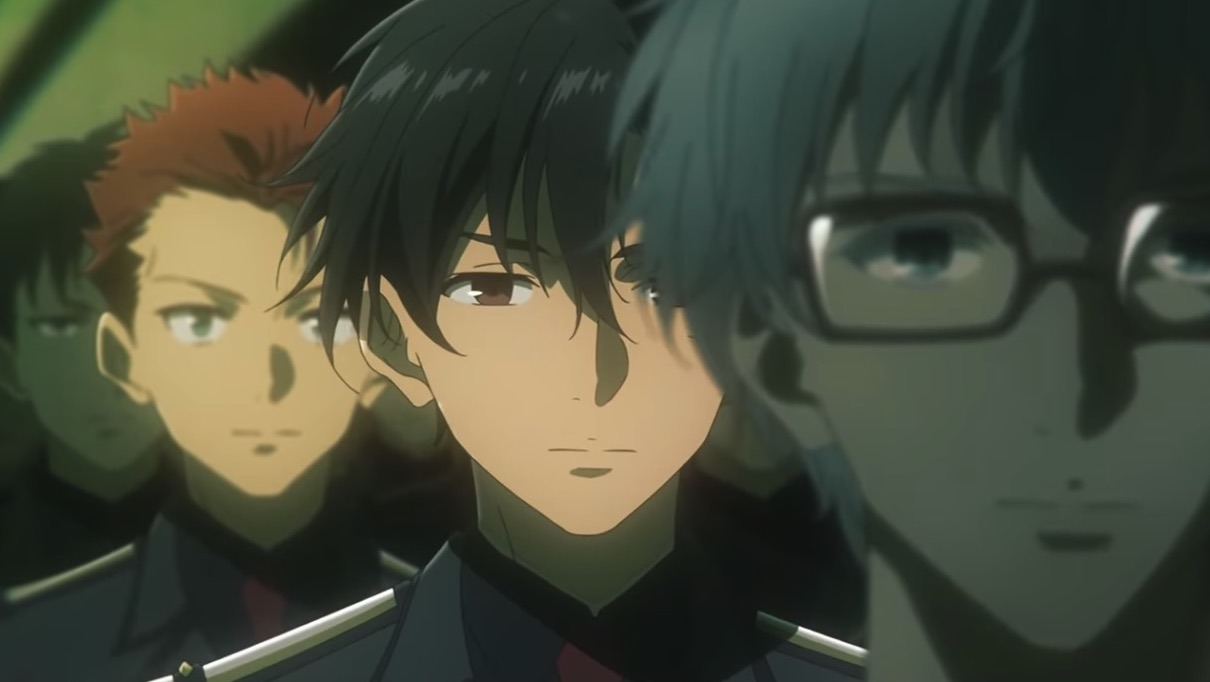
What makes Attack on Titan truly remarkable is its willingness to shatter its characters, pushing them to their limits and beyond. Eren, Mikasa, and the rest of the cast endure unimaginable hardships, and these experiences leave indelible marks, both positive and negative, on their psyche. In many respects, AoT is a tale of warfare, a theme it shares with 86 Eighty-Six.
However, unbeknownst to many, these mechs are manned by individuals cast out by society, known as the 86. These soldiers are treated as expendable assets, mere pawns in a deadly game.
What sets 86 Eighty-Six apart is its focus on character development, delving deep into the personal struggles of its protagonists rather than glorifying their heroics. The anime paints a poignant portrait of these soldiers, highlighting their humanity amidst the chaos of war.
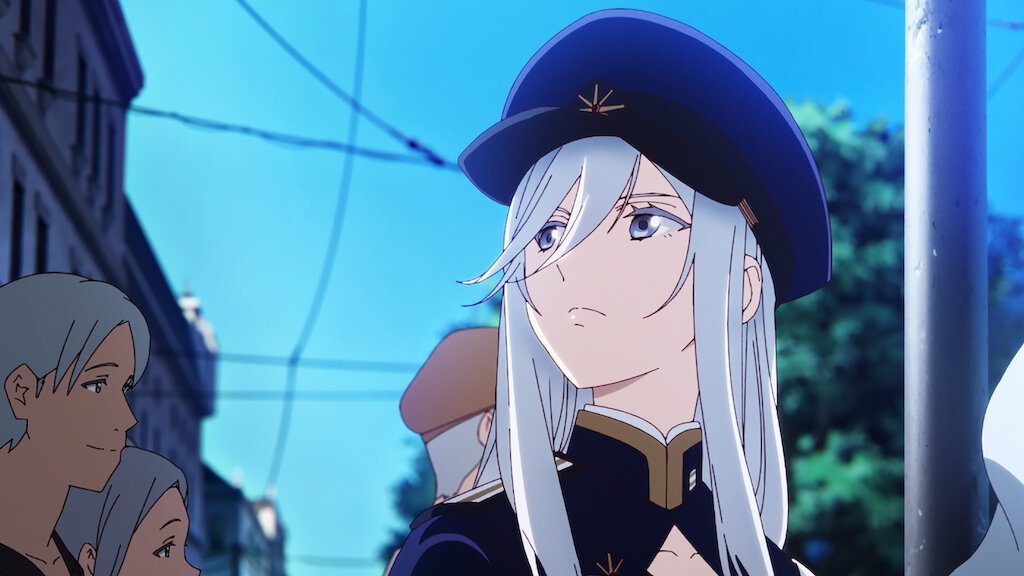
“86 -Eighty-Six-” is a Japanese light novel series written by Asato Asato and illustrated by Shirabi. It has been adapted into an anime series that first aired in April 2021. Directed by Toshimasa Ishii and produced by A-1 Pictures, the series is a gripping military sci-fi drama that goes into themes of discrimination, war, and the human condition.
The story of “86 -Eighty-Six-” is set in a dystopian world where the Republic of San Magnolia is at war with the Giadian Empire. The Republic claims that the war is being fought entirely by unmanned drones, thus ensuring that no human lives are lost.
However, this is a facade. In reality, the drones are piloted by people known as the “Eighty-Six,” who are from an ethnic minority group forced to live in internment camps and treated as subhuman. The Republic’s claim of having no human casualties is thus a cruel lie.
The plot focuses on two main characters: Major Vladilena “Lena” Milizé and Shinei “Shin” Nouzen. Lena is a Handler, a military officer who remotely directs the Eighty-Six units in battle from a safe distance. Unlike many of her peers, Lena genuinely cares about the lives of the Eighty-Six and is determined to help them.
Shin, on the other hand, is the leader of Spearhead Squadron, the most elite unit of Eighty-Six fighters. Known as the “Reaper” for his ability to sense when his comrades are about to die, Shin is a battle-hardened and enigmatic figure with a tragic past.
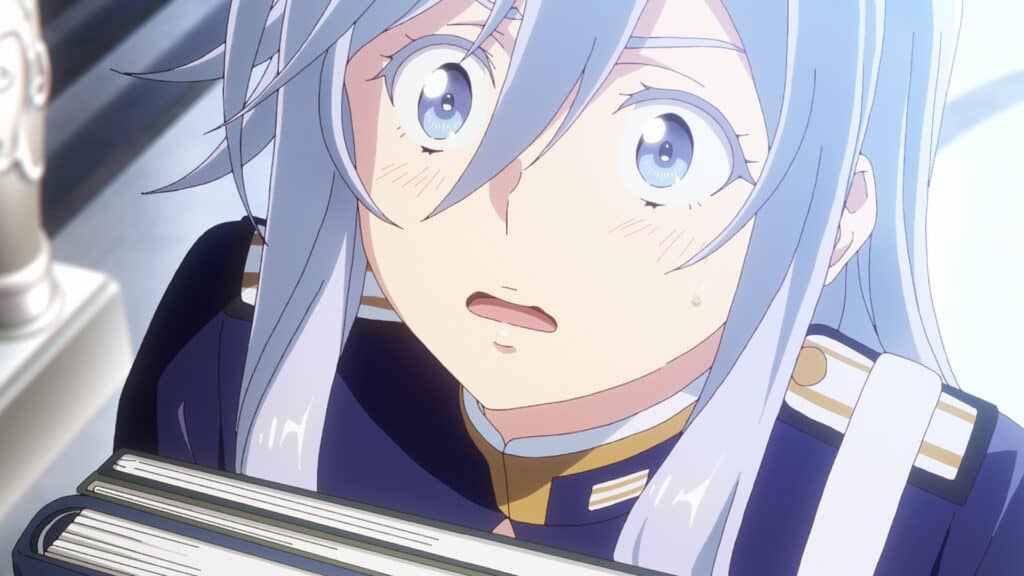
The dynamic between Lena and Shin is central to the narrative. Lena’s idealism and compassion contrast sharply with the harsh realities faced by Shin and his squad. As Lena communicates with the Spearhead Squadron, she gradually earns their respect and learns about the true horrors they endure. This connection between the two leads to a deep exploration of themes such as empathy, sacrifice, and the cost of war.
The world-building in “86 -Eighty-Six-” is intricate and compelling. The Republic of San Magnolia is depicted as a society steeped in systemic racism and denial.
The Alba, the dominant ethnic group, live in comfort and safety while the Eighty-Six, composed of various minority groups, are dehumanized and forced into a perpetual cycle of warfare. This sharp division serves as a critique of social and racial injustice, highlighting the brutal consequences of discrimination.
The series also excels in its depiction of warfare. The battles are intense and strategic, showcasing the harsh realities of combat. The mecha designs are unique, with the Juggernauts piloted by the Eighty-Six appearing both utilitarian and menacing. The animation quality is high, with fluid action sequences and detailed backgrounds that bring the war-torn surface to life.
Character development is another strong suit of “86 -Eighty-Six-.” Lena’s growth from a sheltered, idealistic officer to a more hardened and understanding leader is handled with nuance.
Similarly, Shin’s journey from a stoic and solitary figure to someone who begins to reconnect with his humanity is both poignant and compelling. The supporting characters, including other members of the Spearhead Squadron, are well-developed, each with their own backstories and motivations that add depth to the narrative.
The anime’s soundtrack, composed by Hiroyuki Sawano and Kohta Yamamoto, enhances the emotional and dramatic impact of the series. The music ranges from hauntingly beautiful melodies to intense and thrilling scores that perfectly complement the on-screen action and emotional beats.
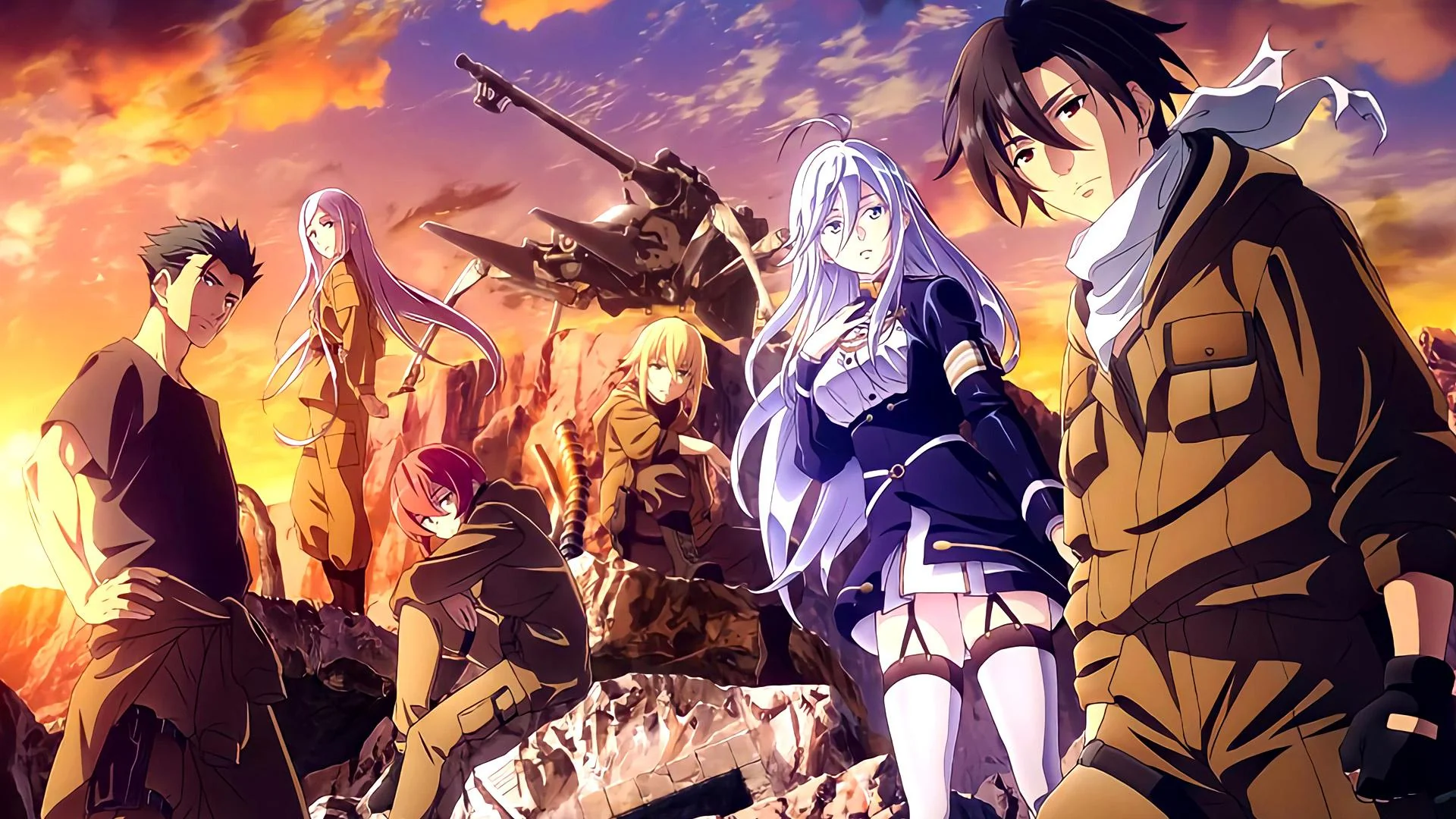
“86 -Eighty-Six-” also goes into psychological themes, exploring the trauma and emotional scars left by continuous warfare. The soldiers of the Spearhead Squadron, particularly Shin, are haunted by the memories of their fallen comrades and the knowledge that they are considered expendable. This psychological depth adds a layer of complexity to the series, making it more than just a typical war story.
Despite its many strengths, “86 -Eighty-Six-” is not without its flaws. Some viewers have noted that the pacing can be uneven at times, with certain episodes feeling slower compared to the action-packed battles. Additionally, the heavy themes and grim tone may not appeal to all audiences.
86 -Eighty-Six- is a thought-provoking and emotionally charged anime that offers a powerful commentary on war, discrimination, and the human spirit. Its strong characters, intricate world-building, and intense battle sequences make it a standout series in the military sci-fi genre.
For those who appreciate anime that tackles serious themes and provides a blend of action and deep emotional narrative, “86 -Eighty-Six-” is a must-watch.
6. Demon Slayer

Demon Slayer has undoubtedly secured its place alongside iconic series like Attack on Titan, My Hero Academia, Jujutsu Kaisen, and the timeless One Piece as one of the most celebrated battle shonen anime of the past decade.
Much like AoT, Kimetsu no Yaiba has set a new standard for visual brilliance, with Ufotable leaving no stone unturned to ensure the anime not only honors the manga source material but also enhances it.
But it’s not just about eye-catching animation. Demon Slayer shares thematic commonalities with other beloved series as well. Similar to My Hero Academia and Naruto, it revolves around humanity’s struggle against a supernatural menace that initially appears insurmountable – in this case, demons.

Demon Slayer: Kimetsu no Yaiba”= is a Japanese anime series adapted from the manga of the same name written and illustrated by Koyoharu Gotouge. Since its debut in April 2019, the series has garnered widespread acclaim for its stunning animation, compelling characters, and emotionally resonant storytelling.
Produced by Ufotable, the anime has quickly become a cultural phenomenon, significantly impacting both the anime industry and global pop culture.
The story is set in Taisho-era Japan and follows Tanjiro Kamado, a kind-hearted boy who becomes a demon slayer after his family is slaughtered by demons and his younger sister, Nezuko, is turned into one. Driven by the desire to avenge his family and cure his sister, Tanjiro goes on a perilous journey that takes him through a world filled with danger and darkness.
The series begins with Tanjiro’s tragic discovery of his family’s massacre. This emotional opening sets the tone for the series, emphasizing themes of loss, resilience, and the bonds of family. Tanjiro’s determination to protect and save Nezuko, who retains some of her human emotions despite her transformation, becomes the emotional core of the narrative.
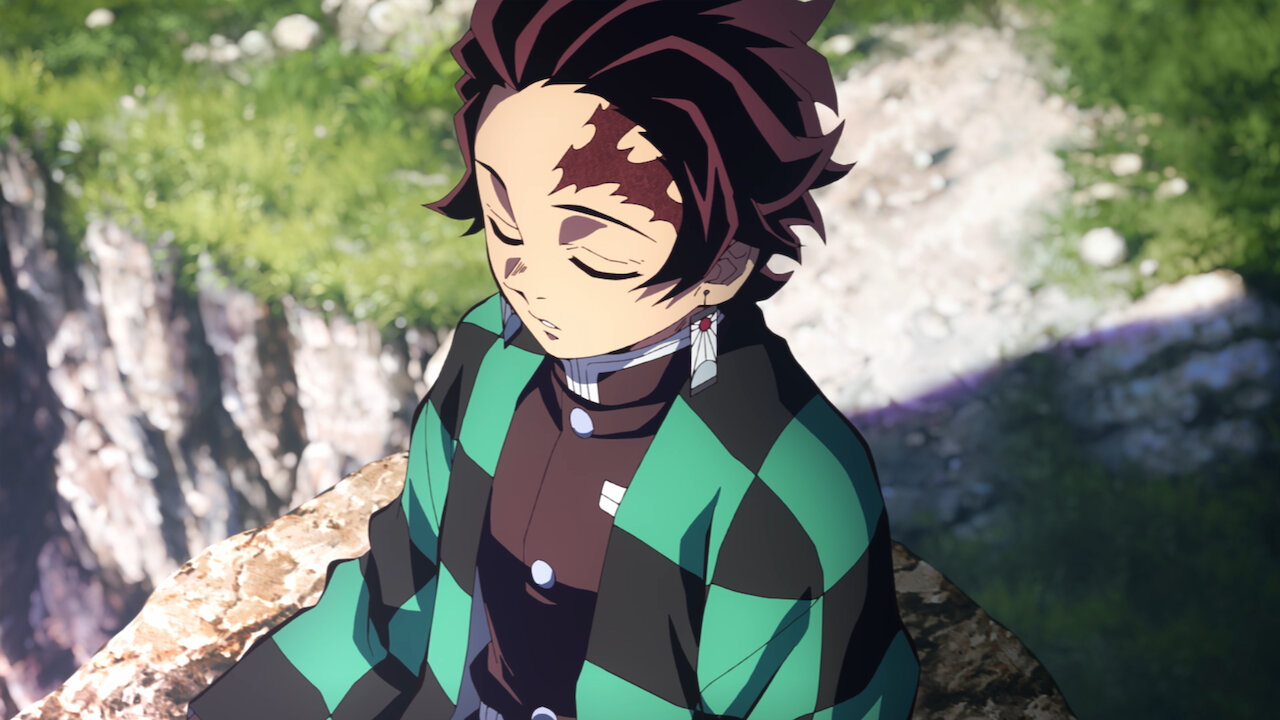
As Tanjiro joins the Demon Slayer Corps, he undergoes rigorous training under the guidance of Sakonji Urokodaki. The training sequences are a testament to the series’ dedication to character development, showing Tanjiro’s growth from a grieving boy to a skilled swordsman.
Urokodaki, a former demon slayer himself, becomes a father figure to Tanjiro, further highlighting the series’ focus on mentor-student relationships.
The animation quality of “Demon Slayer” is one of its most celebrated aspects. Ufotable’s expertise shines through in the fluid and dynamic action sequences, which are often breathtakingly beautiful.
The use of traditional Japanese art styles, combined with cutting-edge digital effects, creates a unique and visually striking aesthetic. The battles are choreographed with meticulous attention to detail, making each fight scene a visual spectacle.
Tanjiro’s journey introduces him to a diverse cast of characters, each with their own stories and motivations. Zenitsu Agatsuma and Inosuke Hashibira, who become Tanjiro’s close companions, bring a mix of humor and depth to the series. Zenitsu’s cowardice and unexpected prowess in battle, alongside Inosuke’s wild and brash personality, create a dynamic trio that balances the darker elements of the story with moments of levity.
The series’ antagonists, particularly the demons, are also well-developed. Each demon encountered by Tanjiro and his friends has a tragic backstory, often revealing the humanity they lost. This nuanced portrayal of demons adds layers to the traditional hero-villain dynamic, evoking empathy and underscoring the series’ exploration of human nature and suffering.
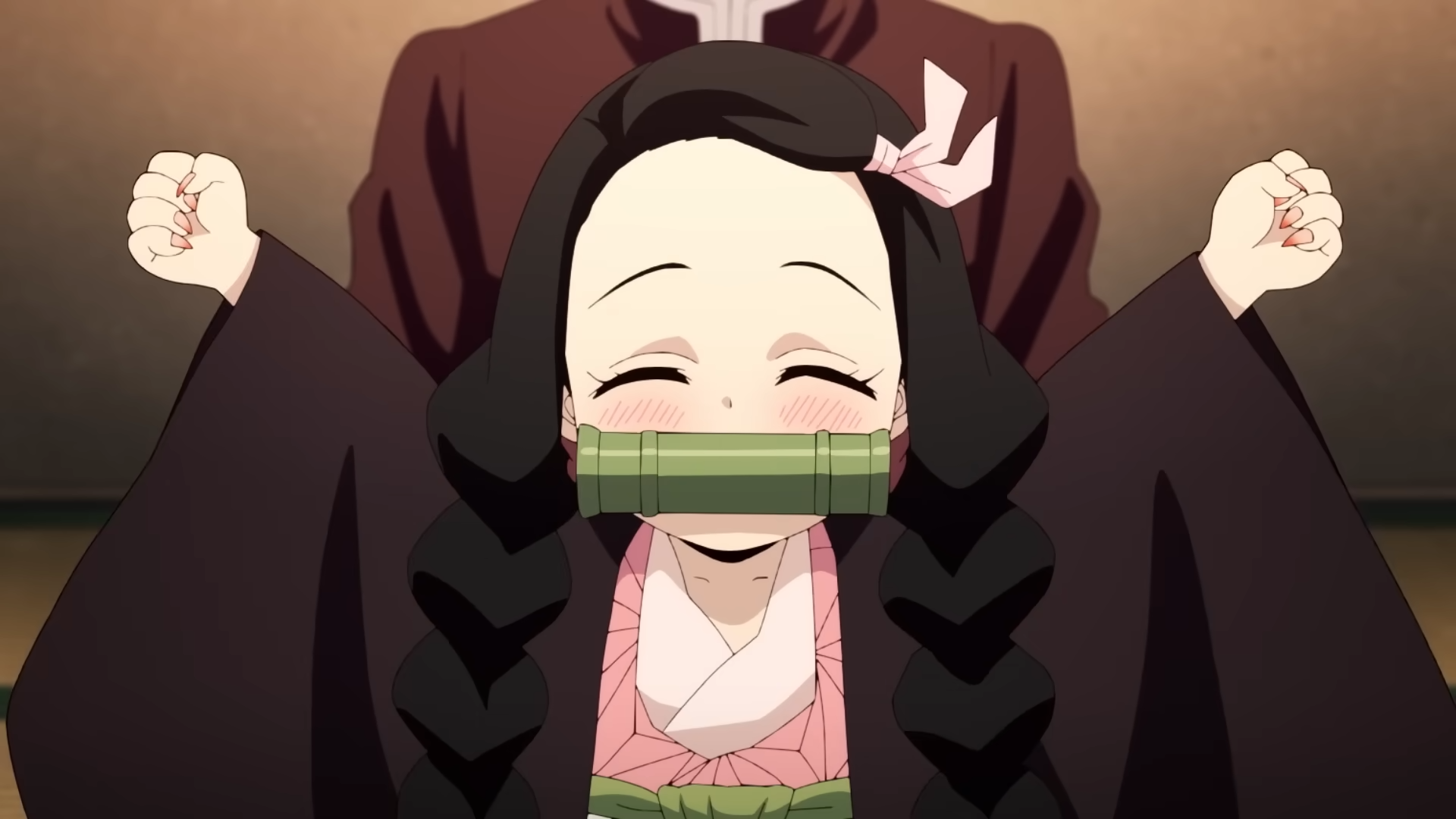
The main antagonist, Muzan Kibutsuji, is a formidable and enigmatic figure. As the progenitor of all demons, Muzan’s presence looms large over the narrative, embodying pure evil and menace. His encounters with the protagonists are always charged with tension, setting the stage for an ultimate showdown.
“Demon Slayer” also excels in its emotional storytelling. Moments of intense action are interspersed with quieter, character-driven scenes that goes into themes of love, sacrifice, and the enduring human spirit. Tanjiro’s unwavering kindness and empathy, even towards his enemies, set him apart as a protagonist, making his journey deeply affecting.
The soundtrack, composed by Yuki Kajiura and Go Shiina, complements the series’ tone perfectly. The music ranges from hauntingly beautiful melodies to powerful and epic scores, enhancing the emotional and dramatic impact of key scenes. The opening theme, “Gurenge” by LiSA, became an instant hit, further solidifying the series’ popularity.
“Demon Slayer: Kimetsu no Yaiba – The Movie: Mugen Train,” released in 2020, continues the story directly from where the first season left off. The film broke numerous box office records and became the highest-grossing anime film of all time, a testament to the series’ immense popularity. The movie’s success is a reflection of its high-quality animation, gripping story, and the emotional investment of its audience.
Demon Slayer: Kimetsu no Yaiba is a masterfully crafted anime that combines exceptional animation, a compelling narrative, and rich character development. Its exploration of profound themes, coupled with its breathtaking visual and auditory presentation, makes it a standout series that resonates deeply with viewers.
Whether you are a seasoned anime fan or new to the medium, “Demon Slayer” offers an unforgettable experience that is both entertaining and moving.
5. The Promised Neverland
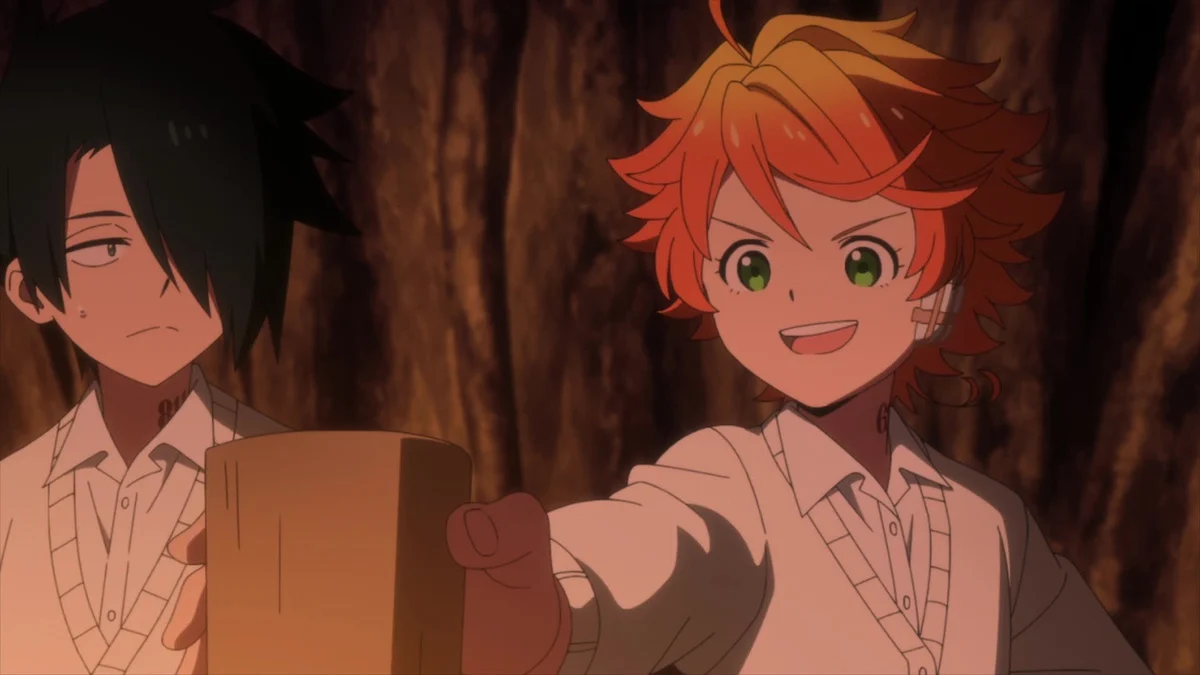
Despite a lackluster second season, The Promised Neverland remains a series worth considering, particularly for its stellar first cour. Set within the confines of an orphanage overseen by the enigmatic Mother, the story takes a chilling turn when two children uncover the horrifying truth: their beloved adopted siblings are being sold off to demons as sustenance.
This revelation sets the stage for a gripping tale of survival, as the children look on a desperate quest to escape the orphanage before they meet the same fate.
With each episode teeming with tension and suspense, The Promised Neverland captures the same ominous atmosphere that made Attack on Titan so fascinating. Despite its flaws, the series’ initial installment offers a satisfying narrative arc that stands strong on its own merits.
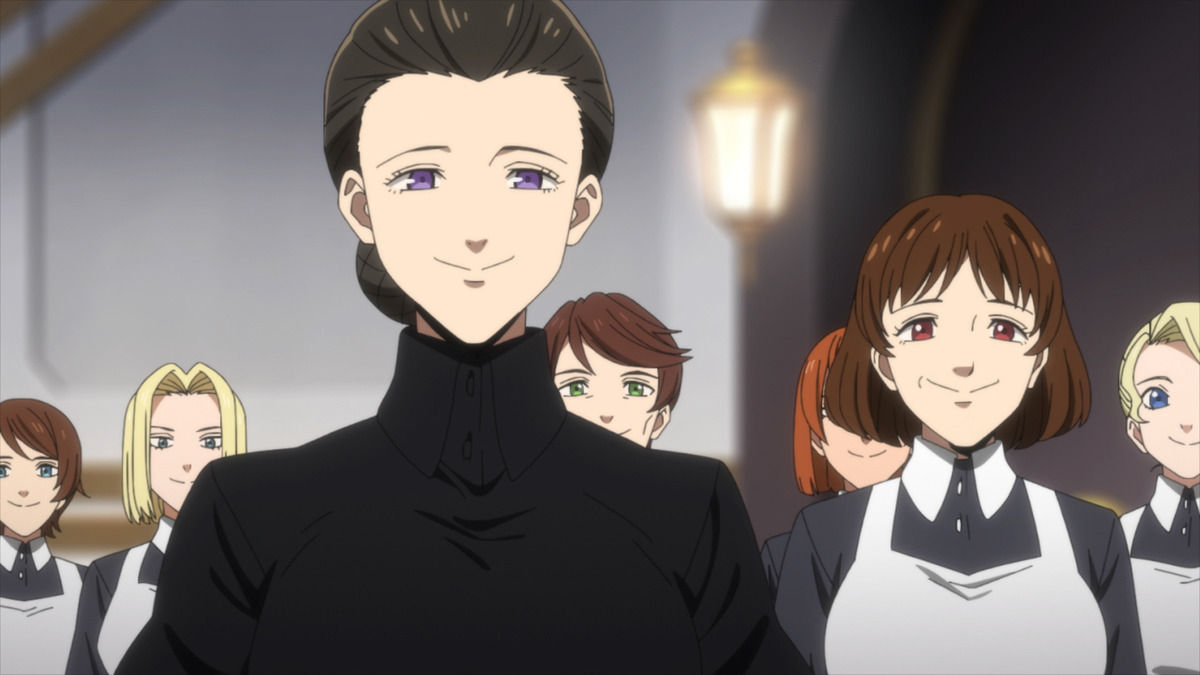
“The Promised Neverland” is a Japanese anime series based on the manga of the same name written by Kaiu Shirai and illustrated by Posuka Demizu.
The anime adaptation, produced by CloverWorks, first aired in January 2019 and quickly gained acclaim for its gripping storyline, psychological depth, and atmospheric tension. The series stands out as a unique blend of horror, thriller, and adventure, exciting audiences with its intense narrative and richly developed characters.
The story is set in Grace Field House, an idyllic orphanage where children live under the loving care of their “Mama,” Isabella. The children, led by the oldest and smartest, Emma, Norman, and Ray, enjoy a seemingly perfect life filled with happiness and friendship.
However, this utopia is shattered when Emma and Norman discover the horrifying truth: the orphanage is a farm where children are raised to be harvested as food for demons.
This shocking revelation sets the stage for a high-stakes escape plan. The first season focuses on Emma, Norman, and Ray as they devise a strategy to flee the orphanage with all the children. The tension is palpable as they must outsmart Isabella, who is both a caring mother figure and a cunning adversary.
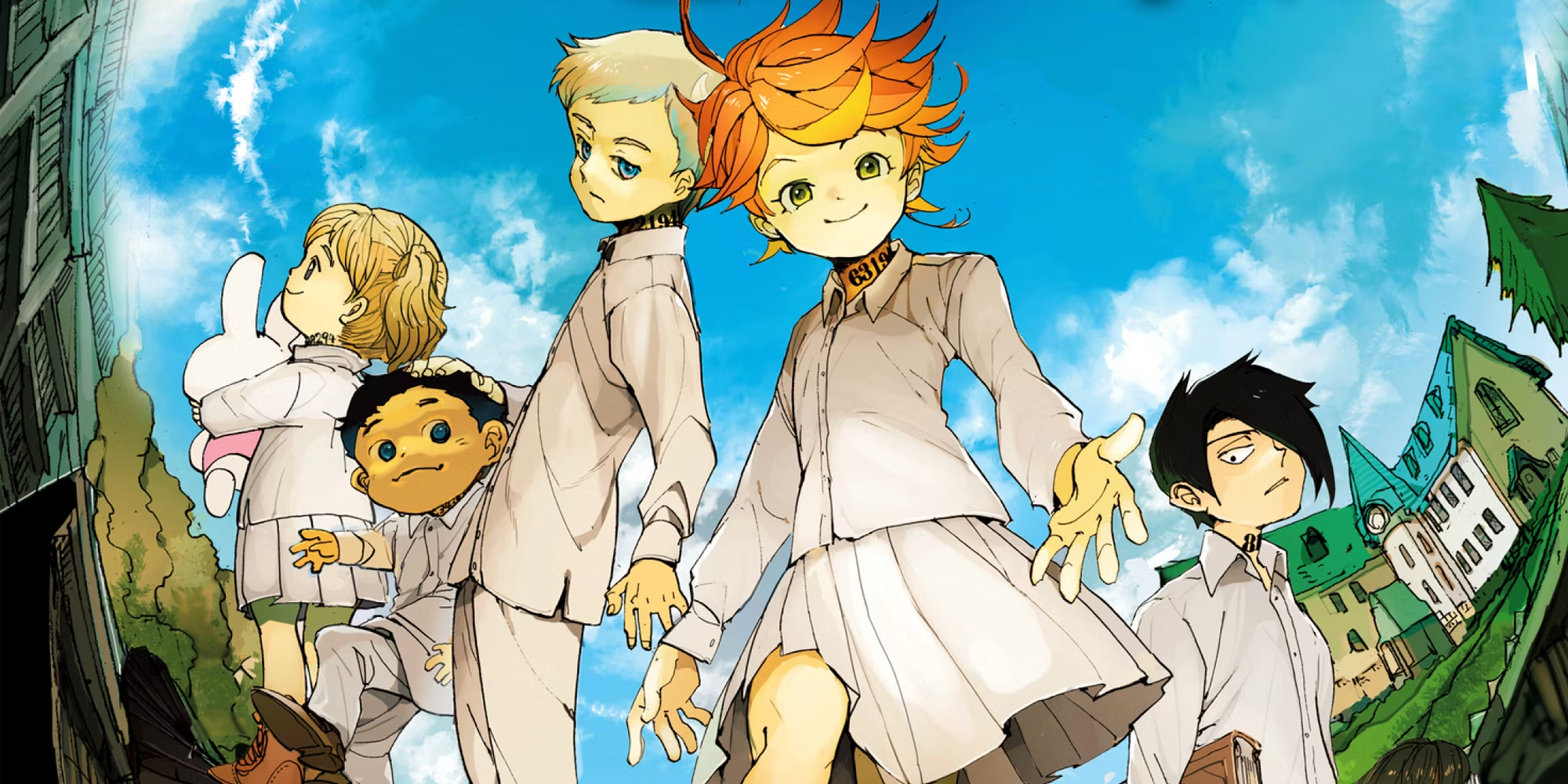
The series excels in building suspense, with each episode leaving viewers on edge, wondering if the children’s plans will succeed or if their darkest fears will come true.
The characters of “The Promised Neverland” are central to its emotional impact. Emma is the heart of the group, characterized by her boundless optimism and determination to save everyone.
Norman is a brilliant strategist, whose calm demeanor hides a deep sense of responsibility and sacrifice. Ray, the brooding intellectual, brings a complex mix of skepticism and loyalty. The dynamic between these three characters drives much of the narrative, highlighting themes of friendship, trust, and survival.
Isabella, the primary antagonist of the first season, is a multifaceted character whose motivations and backstory add depth to her role. Her seemingly contradictory nature—nurturing yet ruthless—creates a compelling tension that keeps viewers guessing about her true intentions. The psychological battle between the children and Isabella is one of the series’ most gripping elements.
The series’ animation and art style contribute significantly to its eerie and suspenseful atmosphere. CloverWorks’ animation captures the stark contrast between the bright, cheerful world of the orphanage and the dark, foreboding reality lurking beneath the surface. The character designs by Posuka Demizu are distinctive, with expressive faces that convey a wide range of emotions, enhancing the storytelling.
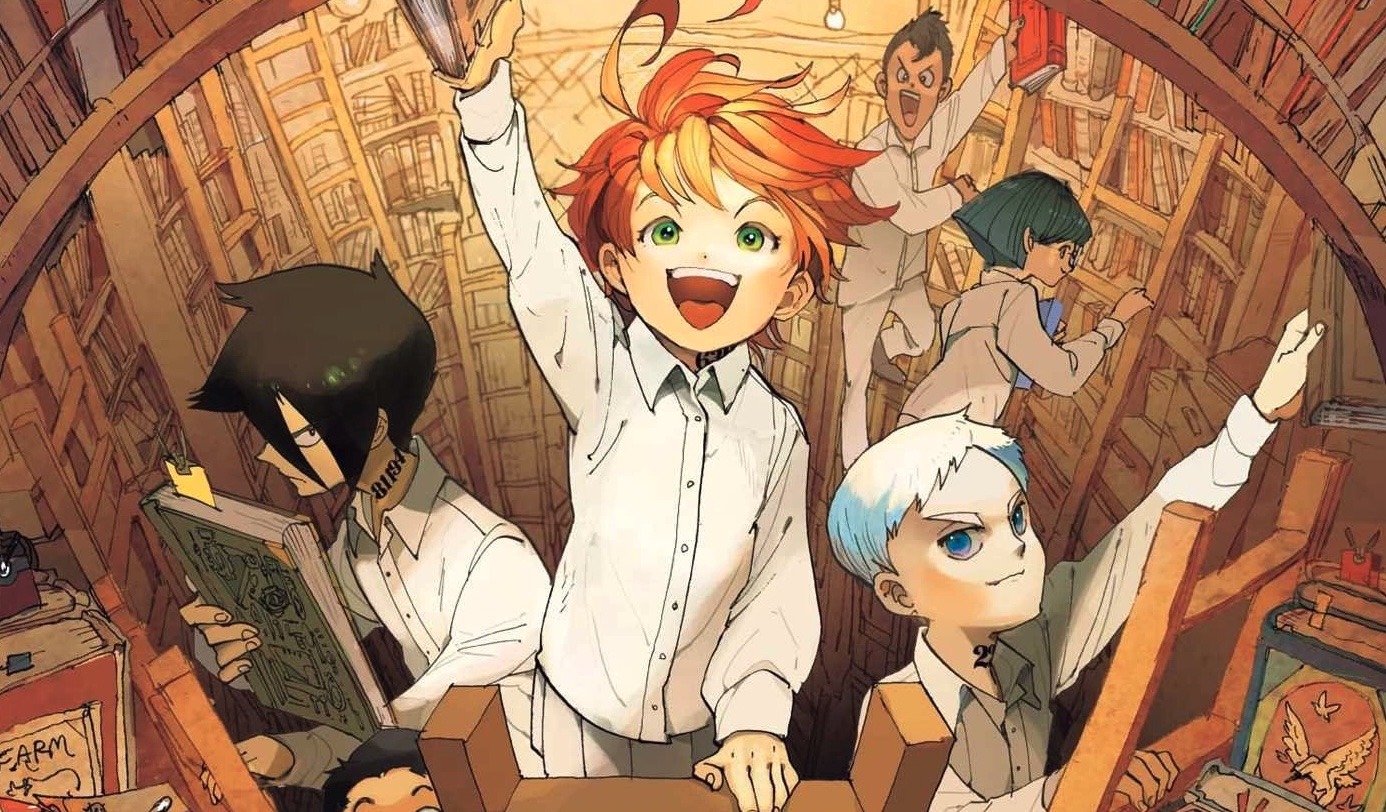
The soundtrack, composed by Takahiro Obata, effectively amplifies the series’ tension and emotional moments. The haunting melodies and suspenseful scores underscore the children’s perilous situation, adding to the sense of dread and urgency. The opening theme, “Touch Off” by UVERworld, and the ending theme, “Zettai Zetsumei” by Cö shu Nie, are both well-suited to the series’ tone, further immersing viewers in the story.
Season two of “The Promised Neverland,” which aired in early 2021, takes the narrative beyond the confines of Grace Field House. The children face new challenges and dangers in the outside world as they encounter demons, allies, and enemies alike.
However, this season received mixed reviews due to its divergence from the manga and the omission of key plot arcs and characters. While some appreciated the attempt to condense and adapt the story, others felt it lacked the depth and complexity that made the first season so compelling.
Despite the controversy surrounding the second season, “The Promised Neverland” remains a significant work in the anime genre. Its exploration of themes such as hope, despair, and the loss of innocence resonates with audiences, and its ability to blend horror with a touching story of friendship and resilience is noteworthy.
The Promised Neverland is a standout anime that combines intense psychological thrills with heartfelt character moments. Its first season, in particular, is a masterclass in suspense and storytelling, making it a must-watch for fans of horror and adventure.
While the second season may have its detractors, the series as a whole offers a unique and unforgettable experience that challenges viewers to think deeply about the nature of humanity, trust, and survival.
4. Deca-Dence
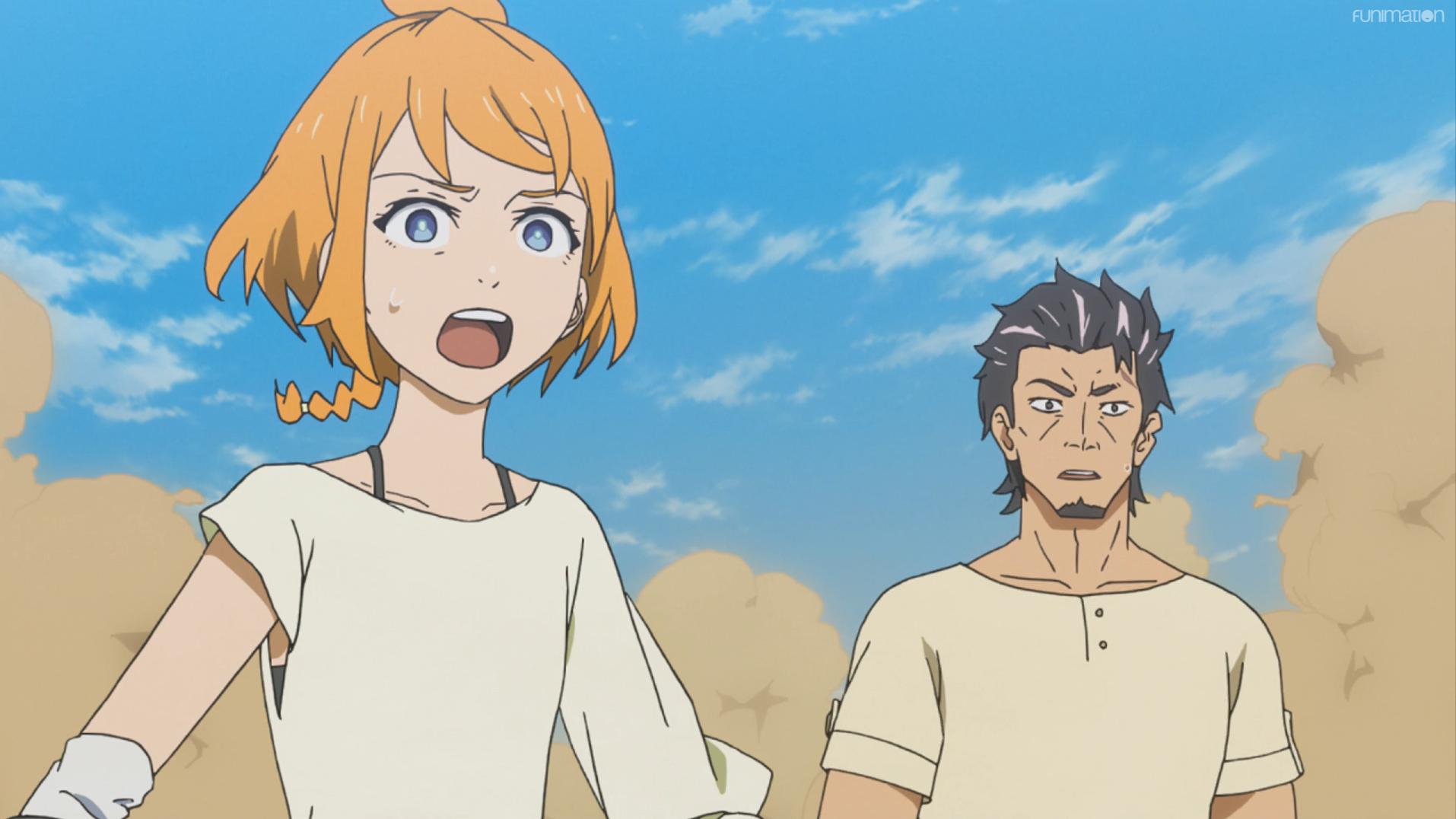
Deca-Dence thrusts viewers into yet another post-apocalyptic world overrun by alien creatures. Here, humanity’s last bastion exists within a colossal mobile city, where daily expeditions are launched to combat these otherworldly threats. Strikingly, the hunters tasked with this perilous duty sports equipment eerily reminiscent of the ODM gear from Attack on Titan.
At first glance, Deca-Dence may appear to be a mere replica of similar anime tropes. However, much like the beloved series Gurren Lagann, it harbors a monumental twist that fundamentally alters the narrative look. While this twist is revealed early on, its full impact remains shrouded in secrecy to preserve the element of surprise.
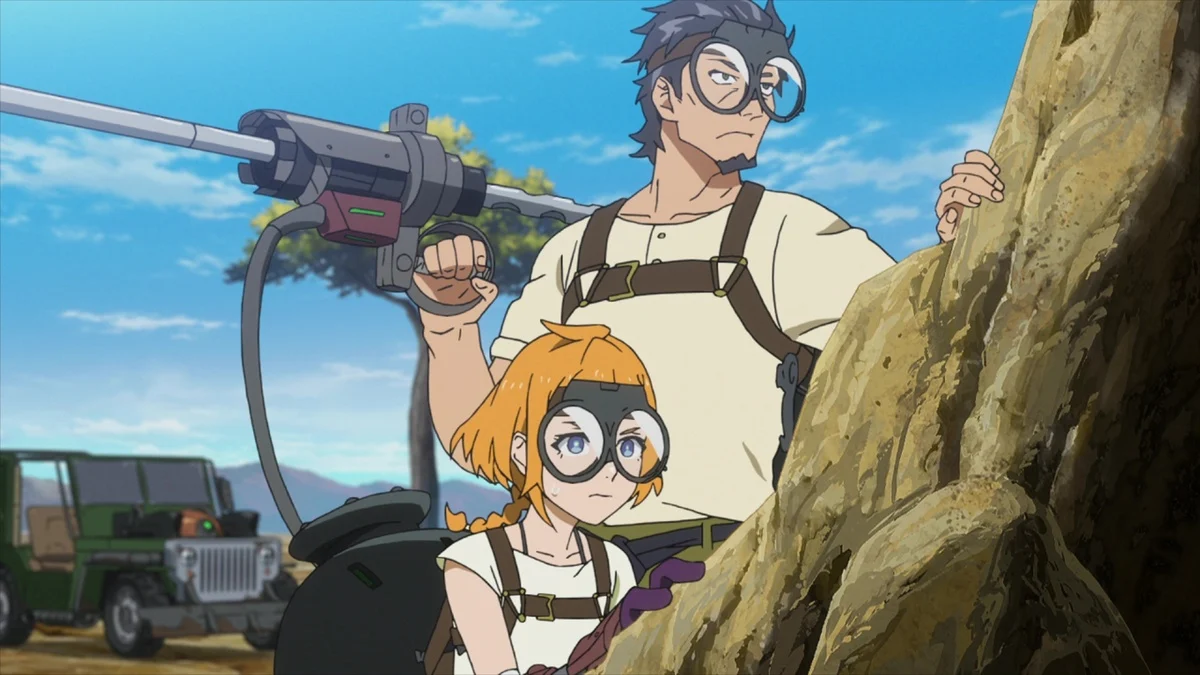
“Deca-Dence” is a Japanese anime television series that aired from July to September 2020. Created and directed by Yuzuru Tachikawa, with animation produced by NUT and written by Hiroshi Seko, “Deca-Dence” is notable for its unique blend of genres, combining elements of dystopian sci-fi, action, and philosophical themes. The series stands out for its inventive world-building, dynamic storytelling, and surprising plot twists.
The story is set in a post-apocalyptic future where humanity is on the brink of extinction. The remnants of human civilization live in a giant mobile fortress called Deca-Dence, which protects them from monstrous creatures known as Gadoll.
The fortress itself is a marvel of engineering, a city on wheels that serves both as a home and a battlefield. The human survivors are divided into two classes: Gears, who are warriors fighting the Gadoll, and Tankers, who maintain the fortress and provide support.
The protagonist, Natsume, is a young Tanker with a prosthetic arm, who dreams of becoming a Gear despite societal expectations. Her life changes when she meets Kaburagi, a disillusioned maintenance worker who secretly harbors a significant secret. Kaburagi, once a top Gear, is now part of a clandestine group tasked with ensuring the status quo by eliminating “bugs” in the system.
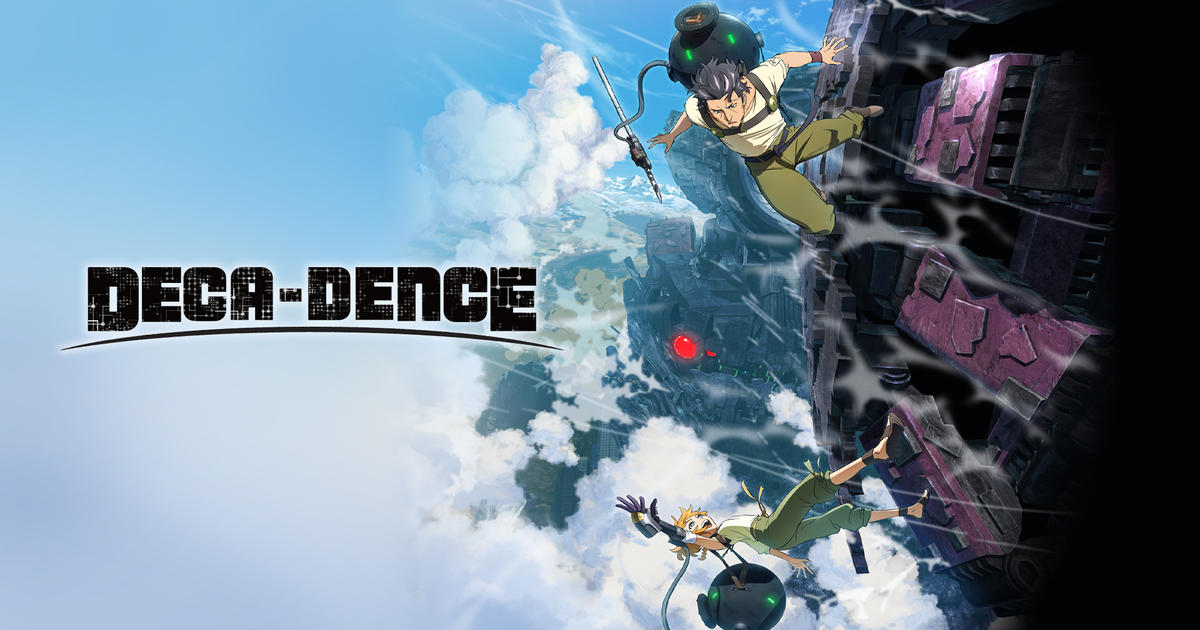
The initial setup presents a typical post-apocalyptic battle scenario, but “Deca-Dence” quickly subverts expectations. It is revealed that the entire world is a giant simulation run by a corporate entity, where humans are unaware that their existence and the ongoing war against the Gadoll are manipulated for the entertainment and profit of cyborg overseers.
The Gears are actually avatars controlled by these cyborgs, adding a layer of meta-commentary on issues such as free will, exploitation, and the nature of reality.
Natsume’s journey is one of self-discovery and defiance. Her determination to break free from the constraints imposed on her by society and fate is inspiring. Kaburagi’s character arc, from a jaded enforcer to a mentor and ally, provides a compelling counterpoint to Natsume’s idealism. Together, they challenge the system, striving to uncover the truth and fight for genuine freedom.
The animation quality in “Deca-Dence” is exceptional, with fluid action sequences and a vivid color palette that brings the world to life. The design of Deca-Dence itself is imaginative, blending steampunk aesthetics with futuristic technology.
The Gadoll, with their grotesque and varied designs, present formidable and visually striking adversaries. Studio NUT’s attention to detail and dynamic animation style enhance the series’ impact.
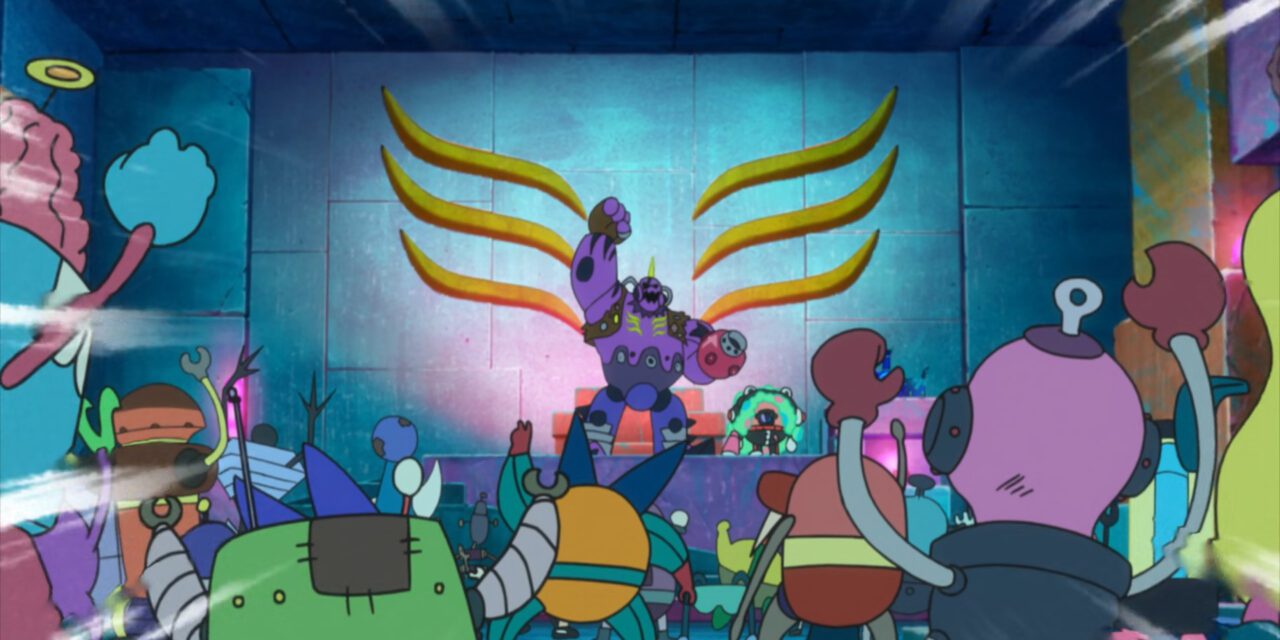
One of the series’ standout features is its soundtrack, composed by Masahiro Tokuda. The music ranges from epic orchestral pieces that heighten the tension of battle scenes to more subdued tracks that underscore the emotional moments. The opening theme, “Theater of Life” by Konomi Suzuki, and the ending theme, “Kioku no Hakobune” by Kashitarō Itō, are both memorable and well-matched to the series’ themes.
“Deca-Dence” explores deep philosophical questions through its narrative. The concept of a controlled reality and the rebellion against it echoes themes from classic sci-fi literature and films. It also goes into the human spirit’s resilience and the struggle for autonomy and meaning in a seemingly predetermined existence.
Despite its ambitious storytelling and innovative concepts, “Deca-Dence” does face some criticism. Some viewers felt that the series’ ambitious scope and genre-blending led to a rushed conclusion, with certain plot threads not fully explored. Additionally, the tonal shift between the first and second halves of the series can be jarring for some, as it transitions from a straightforward action narrative to a more complex, existential exploration.
In conclusion, “Deca-Dence” is a bold and thought-provoking anime that challenges genre conventions and offers a fresh take on the dystopian narrative. Its compelling characters, imaginative world-building, and philosophical depth make it a standout series.
While it may not be without its flaws, “Deca-Dence” provides an engaging and memorable viewing experience that invites audiences to ponder profound questions about reality, freedom, and the human condition. For fans of sci-fi and action with a cerebral twist, “Deca-Dence” is a must-watch.
3. Seraph of the End
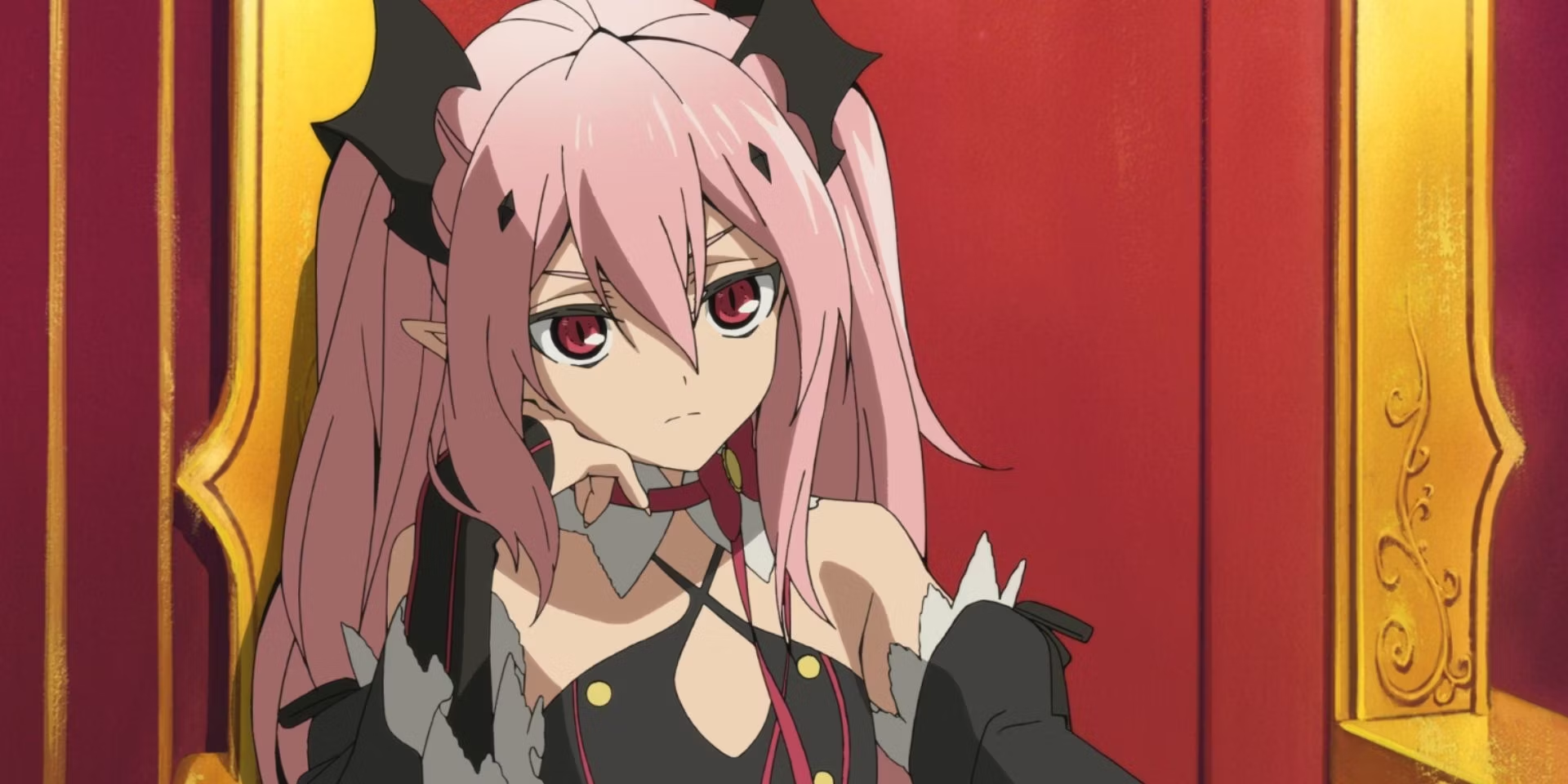
Seraph of the End paints a bleak picture of a world overrun by vampires, where humanity is reduced to mere livestock for their insatiable thirst. Amidst this dystopian backdrop, a small but determined resistance fights to reclaim their freedom, mirroring the struggle against oppression seen in Attack on Titan.
Much like AoT, Seraph of the End looks into the complexities of friendships strained by conflicting loyalties and ideologies. However, despite its compelling narrative and thematic resonance, fans have been left hanging since 2015, with no news of a new season in sight. Thankfully, the manga continues to unfold, offering hope for those eager to see the story progress.
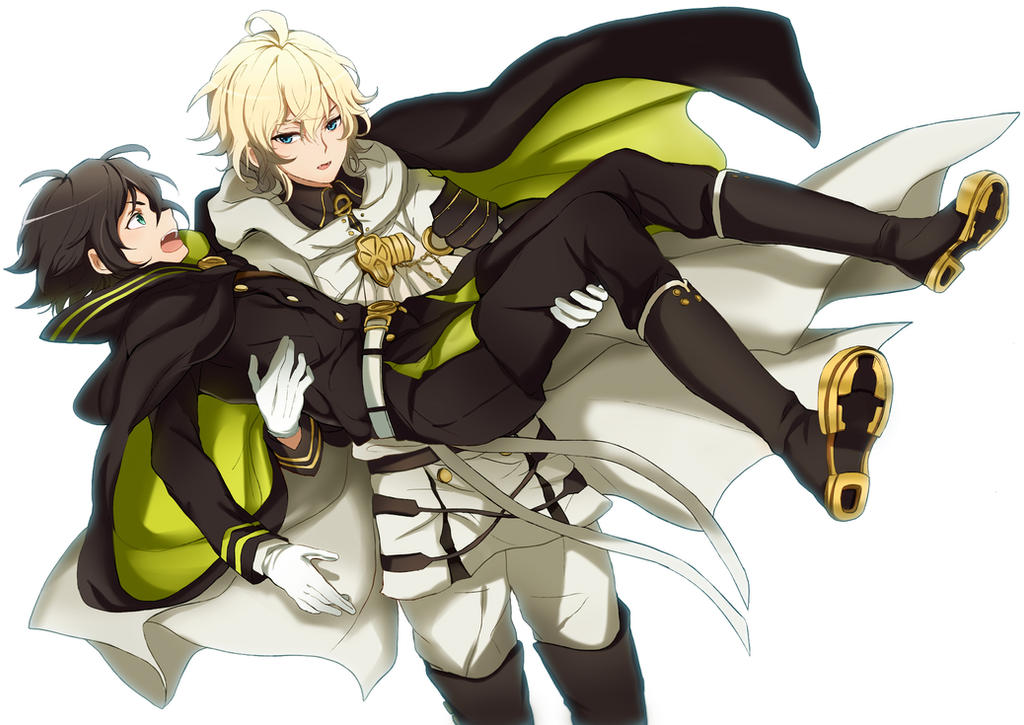
“Seraph of the End,” also known as “Owari no Seraph,” is a Japanese anime series adapted from the manga of the same name written by Takaya Kagami, illustrated by Yamato Yamamoto, and serialized in Jump SQ.
The anime adaptation, produced by Wit Studio, aired from April to June 2015, with a second season airing from October to December 2015. The series gained popularity for its unique premise, intense action sequences, and intricate world-building.
The story is set in a world where humanity has been decimated by a mysterious virus that kills anyone over the age of 13. Following the outbreak, vampires emerge from the shadows and subjugate the surviving humans, using them as a food source and slaves. The protagonist, Yuichiro Hyakuya, is a young boy who lost his family to the vampires and vows to seek revenge.
Yuichiro, along with other orphans from the Hyakuya orphanage, attempts to escape their vampire captors. However, their plan is thwarted, and Yuichiro is the only survivor. He is then recruited into the Japanese Imperial Demon Army (JIDA), a military organization dedicated to eradicating vampires and reclaiming humanity’s freedom.
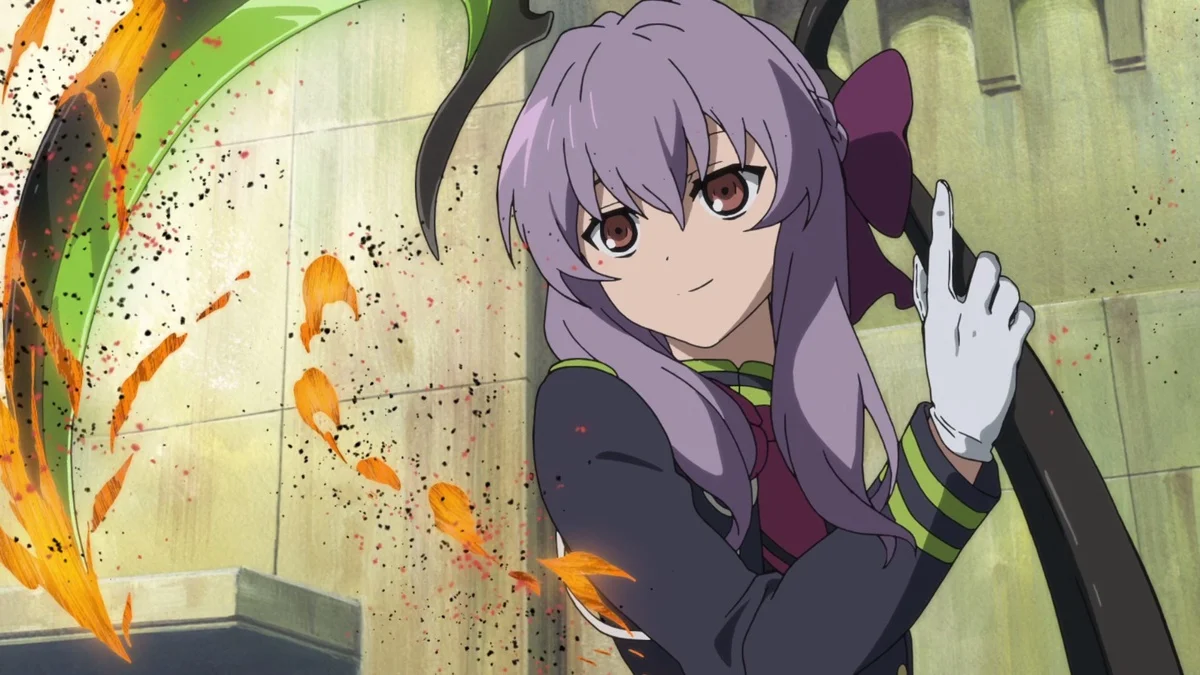
Alongside his fellow recruits, including his childhood friend Mikaela Hyakuya, and under the command of Captain Guren Ichinose, Yuichiro trains to become a skilled demon slayer.
The series explores themes of survival, revenge, friendship, and the complexities of morality in a world torn apart by conflict. Yuichiro’s journey is one of growth and self-discovery as he grapples with his traumatic past and confronts the harsh realities of war. His determination to protect his friends and defeat the vampires drives much of the narrative, leading to intense battles and emotional confrontations.
The relationship between Yuichiro and Mikaela forms a central focus of the series. Mikaela presumed dead after the escape attempt, is revealed to have become a vampire himself in order to survive.
Despite their different paths, Yuichiro and Mikaela remain deeply connected, torn between their loyalty to each other and the opposing sides of the conflict. Their complex dynamic adds layers of depth to the story, exploring themes of loyalty, sacrifice, and the blurred lines between friend and foe.
The vampires in “Seraph of the End” are portrayed as powerful and enigmatic beings with their own hierarchy and agendas. The series goes into their history, motivations, and internal power struggles, painting a nuanced picture of the vampire society. Characters such as Ferid Bathory and Krul Tepes, high-ranking vampires with their own ambitions, provide formidable adversaries for the human protagonists.

The animation quality in “Seraph of the End” is high, with Wit Studio delivering fluid action sequences and detailed character designs. The battles between humans and vampires are intense and visually stunning, showcasing the soldiers’ combat skills and the supernatural abilities of the vampires. The animation effectively conveys the dark and oppressive atmosphere of the series’ post-apocalyptic world.
The soundtrack, composed by Hiroyuki Sawano with contributions from Takafumi Wada, complements the series’ tone and action sequences.
The music features epic orchestral arrangements and electrifying rock tracks that enhance the intensity of the battles and emotional moments. The opening themes, “X.U.” and “Two Souls -toward the truth-,” performed by SawanoHiroyuki[nZk]: Gemie, set the tone for the series with their powerful vocals and driving beats.
While “Seraph of the End” received praise for its engaging story and dynamic characters, it also faced criticism for its pacing and deviations from the source material.
Some viewers felt that the anime rushed through certain plot points and character development, leading to a lack of depth in certain areas. Additionally, the open-ended conclusion of the second season left some fans wanting more resolution to the overarching conflict.
Seraph of the End is a thrilling and action-packed anime that offers a compelling blend of supernatural fantasy and post-apocalyptic drama. Its well-developed characters, intense battles, and complex themes make it an engaging watch for fans of the genre.
While it may not be without its flaws, the series remains a memorable entry in vampire-themed anime, leaving viewers eagerly anticipating the resolution of its gripping storyline.
2. Vinland Saga
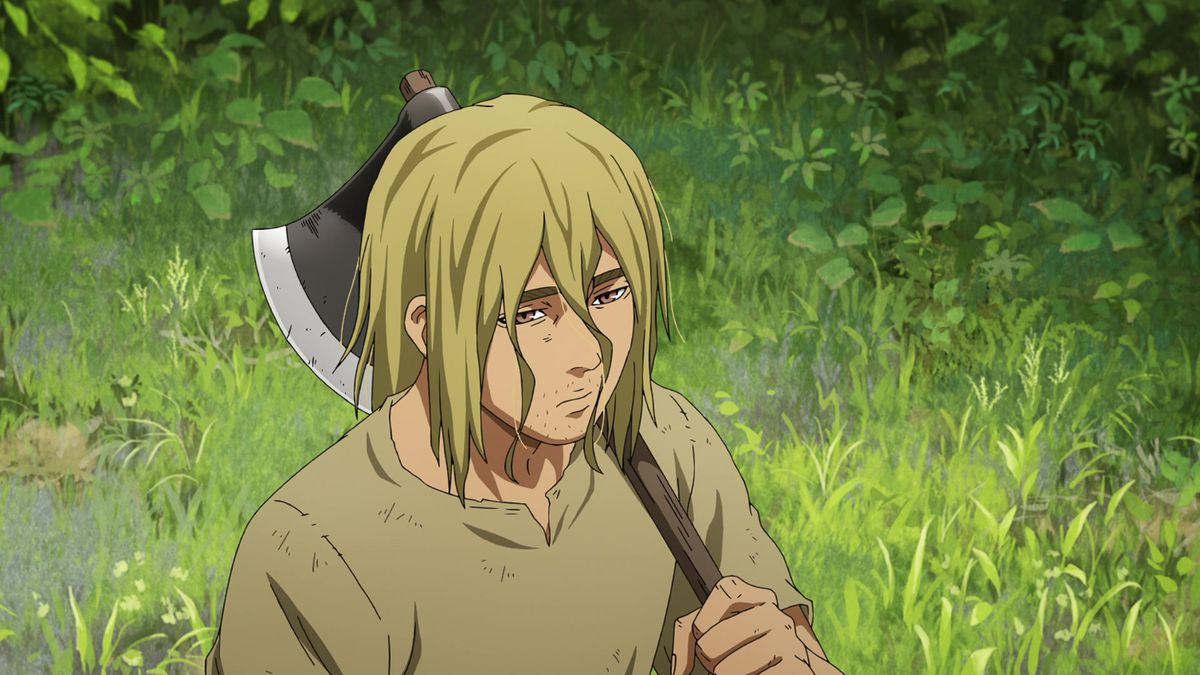
Vinland Saga has emerged as a standout historical anime in recent years, drawing parallels to the legacy of Attack on Titan. Despite differing premises, Vinland Saga offers a gripping narrative set in the 11th century, using a tale of revenge as a gateway into the conflict between England and the Danish Vikings.
Following the harrowing murder of his father, Thorfinn looks on a journey of vengeance, aligning himself with the Viking crew led by his father’s killer, Askeladd. As they navigate the complexities of war-torn England, the series looks into the intricacies of political intrigue and human nature.
Season 2 takes a bold departure from its predecessor, delving deeper into Thorfinn’s inner turmoil as he grapples with the pursuit of revenge and the search for meaning in a world consumed by conflict. This exploration of character’s psyche adds a layer of complexity to the narrative, making it a compelling watch in its own right.
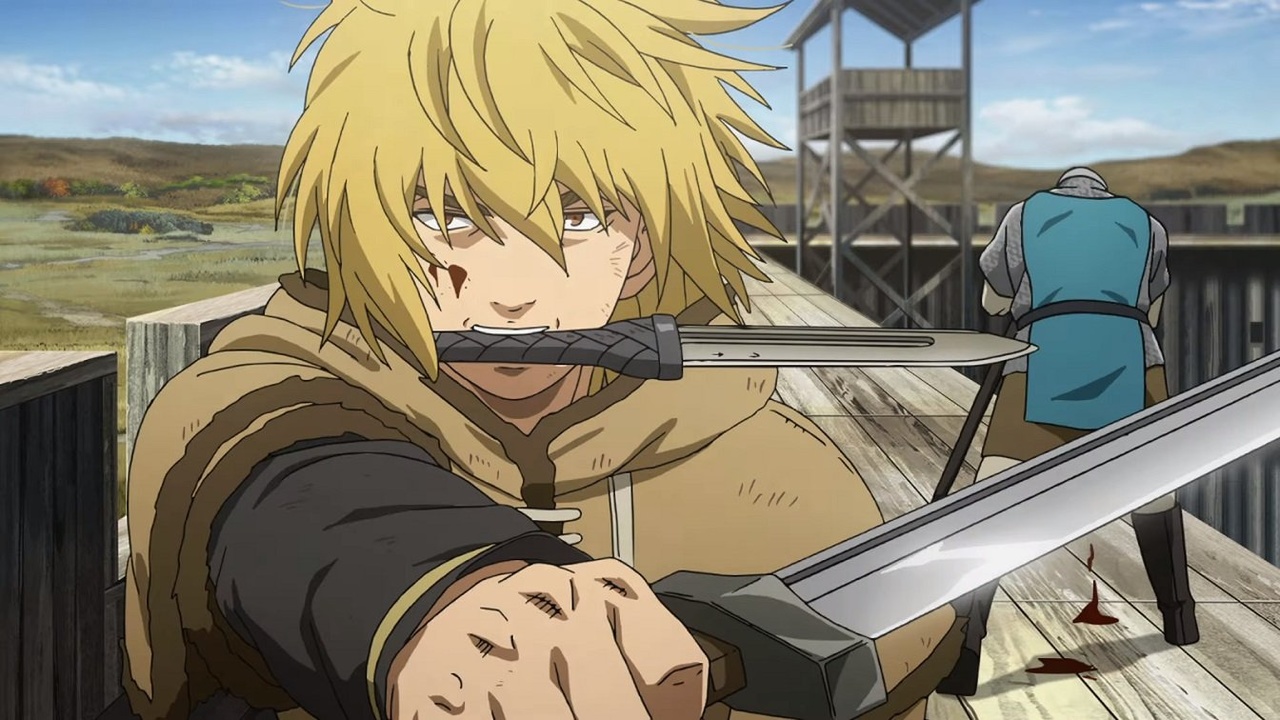
“Vinland Saga” is a Japanese anime series based on the manga of the same name written and illustrated by Makoto Yukimura. The anime adaptation, produced by Wit Studio, aired from July to December 2019 and garnered widespread acclaim for its epic storytelling, rich character development, and breathtaking animation.
Set in the early 11th century, “Vinland Saga” transports viewers to a world of Viking conquests, political intrigue, and personal vendettas. The story follows Thorfinn, a young Icelandic boy whose life is forever changed when his father, Thors, a legendary warrior known as the “Troll of Jom,” is killed by a vengeful mercenary named Askeladd.
Seeking revenge, Thorfinn becomes a member of Askeladd’s band of mercenaries, determined to challenge him to a duel and avenge his father’s death.
The series goes into themes of revenge, honor, and the human cost of warfare. Thorfinn’s single-minded pursuit of vengeance consumes him, driving him to forsake his own humanity in his quest to kill Askeladd.
As the story progresses, however, Thorfinn begins to question the purpose of his vendetta and confronts the toll it has taken on his own soul. His journey becomes one of self-discovery and redemption, as he grapples with the complexities of his own morality and the legacy of violence passed down through generations.
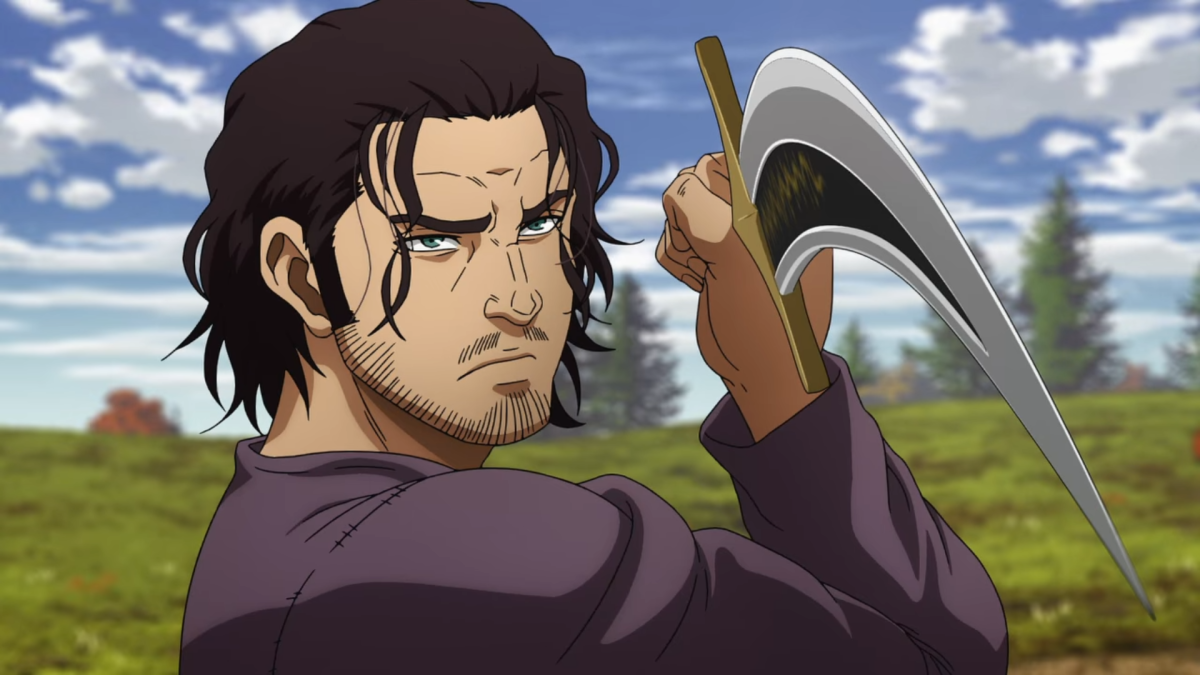
“Vinland Saga” also explores the broader historical and cultural context of the Viking Age. The series depicts the political rivalries and power struggles between Viking chieftains, as well as the impact of Christianity on Norse society. Through its meticulously researched setting and attention to detail, “Vinland Saga” offers a nuanced portrayal of Viking life, highlighting both the brutality and the humanity of its characters.
The animation in “Vinland Saga” is nothing short of spectacular. Wit Studio’s meticulous attention to detail brings the world of the Vikings to life, from the sprawling surfaces of medieval Scandinavia to the visceral intensity of the battle scenes.
The animation fluidly captures the intricate combat choreography, making each sword swing and axe strike feel weighty and impactful. The character designs are realistic and expressive, conveying a wide range of emotions with subtlety and nuance.
One of the series’ standout features is its character development. Thorfinn undergoes a profound transformation over the course of the story, evolving from a hot-headed and vengeful youth into a more introspective and empathetic individual.
Askeladd, too, emerges as a complex and morally ambiguous figure, whose actions are driven by a mixture of self-interest and a twisted sense of honor. The supporting cast, including historical figures such as King Sweyn Forkbeard and Prince Canute, are also well-developed and add depth to the narrative.
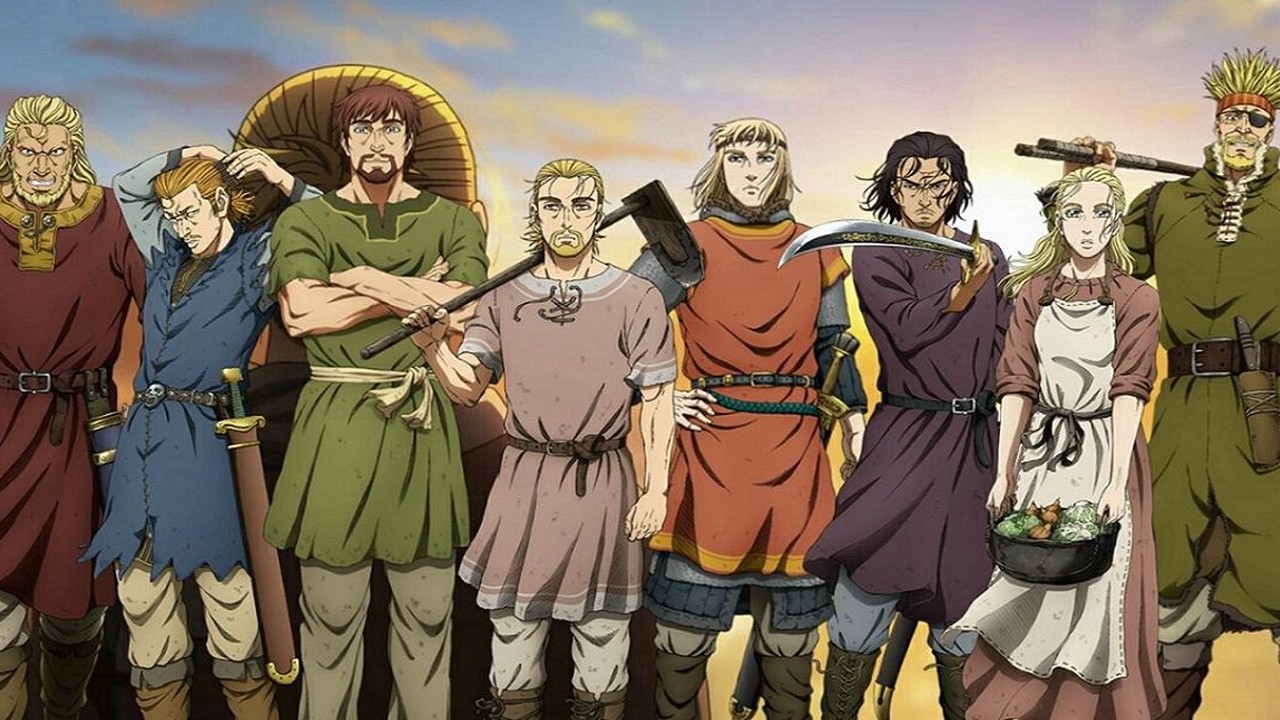
The soundtrack, composed by Yutaka Yamada, complements the series’ epic tone and historical setting. The music features stirring orchestral arrangements and haunting vocal melodies that enhance the drama and intensity of the story. The opening theme, “MUKANJYO” by Survive Said The Prophet, sets the stage for the series with its powerful vocals and driving rhythm.
Vinland Saga is a masterfully crafted anime that offers a gripping blend of historical drama, intense action, and profound character development. Its exploration of themes such as revenge, honor, and the human condition elevates it beyond typical action-adventure fare, making it a standout entry in the anime.
Whether you’re a fan of historical fiction or simply appreciate a well-told story with complex characters, “Vinland Saga” is a must-watch.
1. Hell’s Paradise

Hell’s Paradise emerges as one of the standout anime of Spring 2023, boasting a potent blend of bloody action, vulnerable characters, and horror-infused intrigue. Set against the backdrop of a mysterious island, the series unfolds as criminals, under the command of the shogun, look on a perilous quest to obtain an elixir of immortality.
With executioners enforcing obedience, the promise of a pardon fuels a ruthless race for survival – until the harsh reality of the island’s horrors sets in. The show’s strength lies in its inventive monster designs, ranging from grotesque creatures to towering behemoths that evoke echoes of Titans from Attack on Titan.
However, unlike AoT’s stark dichotomy of humans versus overwhelming beasts, Hell’s Paradise introduces a dynamic where both criminals and executioners possess formidable powers, blurring the lines between predator and prey.
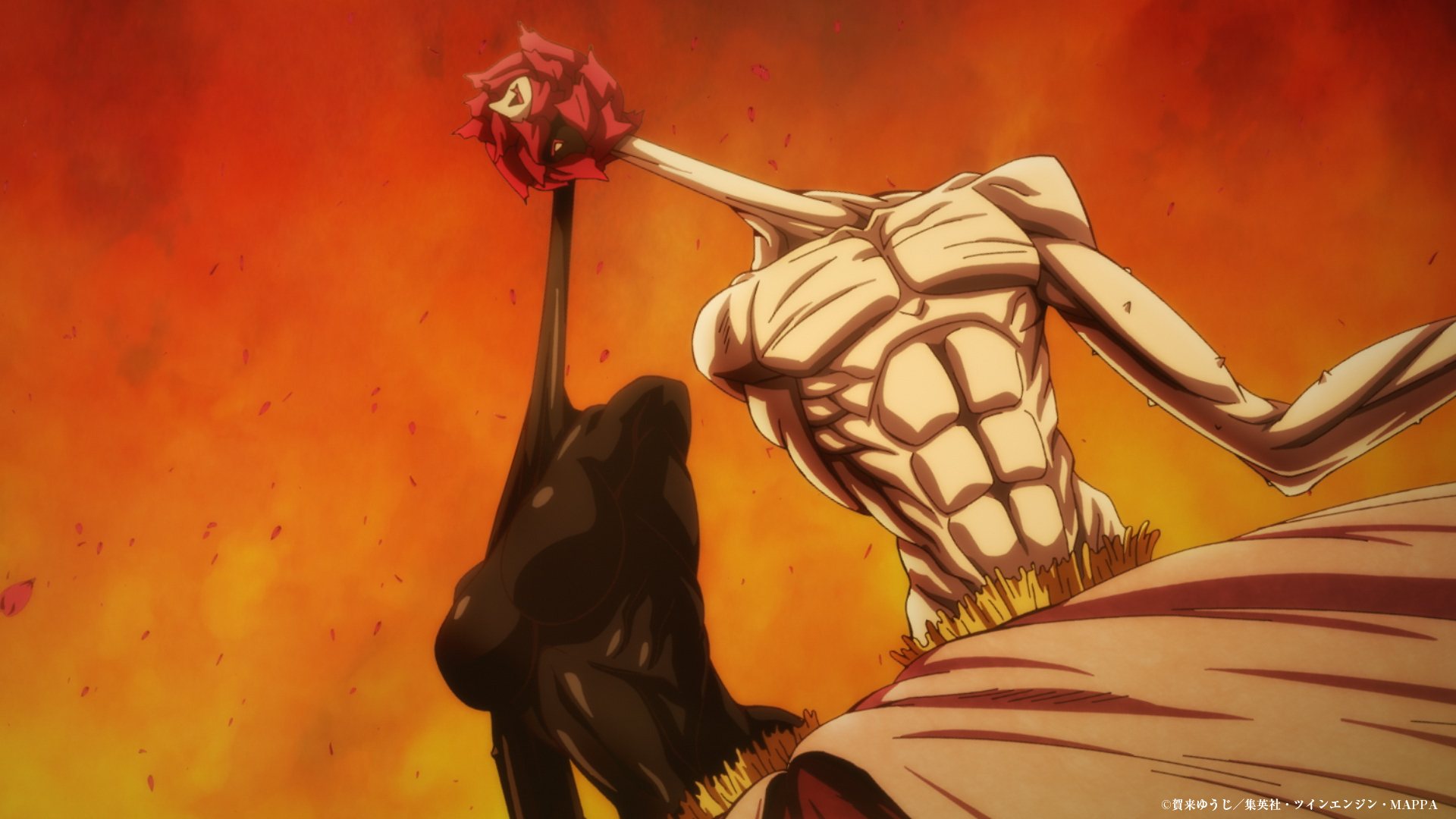
“Hell’s Paradise: Jigokuraku,” also known simply as “Jigokuraku,” is a Japanese manga series written and illustrated by Yuji Kaku. Serialized in Shueisha’s Weekly Shōnen Jump magazine from January 2018 to January 2021, “Hell’s Paradise” quickly gained popularity for its unique premise, intricate world-building, and intense action sequences.
The story is set in the Edo period of Japan and follows Gabimaru the Hollow, a legendary ninja known for his skills in assassination and combat.
Despite his fearsome reputation, Gabimaru is captured and sentenced to death for his crimes. However, he is given a chance for a pardon: go on a perilous mission to the mysterious island of Tōmyō, known as “Hell’s Paradise,” and retrieve the elixir of immortality.

Tōmyō Island is shrouded in mystery and danger, inhabited by deadly creatures, powerful warriors, and practitioners of supernatural abilities. Gabimaru is joined on his journey by other condemned criminals, each with their own unique skills and motivations.
As they navigate the treacherous island and confront its myriad challenges, they must also contend with their own inner demons and past traumas.
One of the series’ strengths is its diverse cast of characters, each with their own backstory and motivations. Gabimaru, despite his ruthless reputation, is revealed to be a deeply complex and empathetic individual, driven by a desire for redemption and a longing for the wife he left behind.
The supporting cast, including characters such as Sagiri, a young assassin seeking revenge, and Tamiya Gantetsusai, a fearsome samurai with a tragic past, add depth and dimension to the narrative.
“Hell’s Paradise” is notable for its intricate world-building and mythology. The island of Tōmyō is depicted as a mysterious and otherworldly place, filled with ancient ruins, mystical artifacts, and supernatural phenomena. As the characters explore the island and uncover its secrets, they are drawn into a larger conflict between powerful factions vying for control of the elixir of immortality.
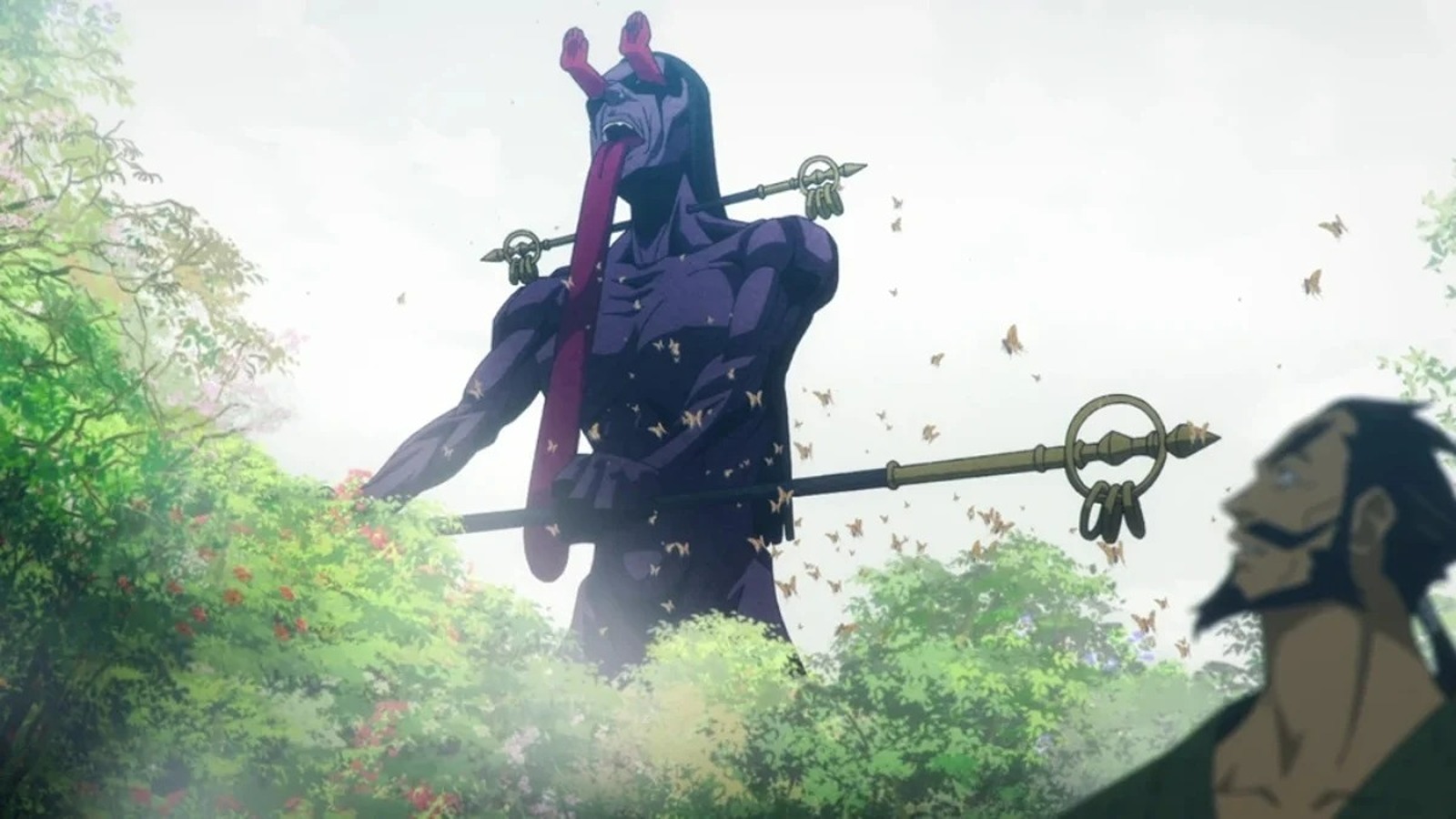
The series’ action sequences are fast-paced and visceral, with Yuji Kaku’s dynamic artwork bringing the combat to life on the page. The fight scenes are choreographed with precision, showcasing the characters’ diverse fighting styles and abilities. From swordplay and hand-to-hand combat to elemental manipulation and supernatural powers, the battles in “Hell’s Paradise” are a highlight of the series.
In addition to its action and adventure elements, “Hell’s Paradise” also explores deeper themes such as morality, redemption, and the nature of humanity. As the characters confront their own flaws and past mistakes, they are forced to grapple with questions of right and wrong, duty and honor, and the pursuit of immortality at any cost.
While “Hell’s Paradise” concluded its serialization in January 2021, it remains a beloved series among fans of action-adventure manga. Its compelling characters, rich world-building, and thrilling story arcs have cemented its place as a standout entry in the genre.
Whether you’re a fan of ninja tales, supernatural thrillers, or character-driven narratives, “Hell’s Paradise: Jigokuraku” offers a gripping and unforgettable journey into a world of danger, mystery, and intrigue.


